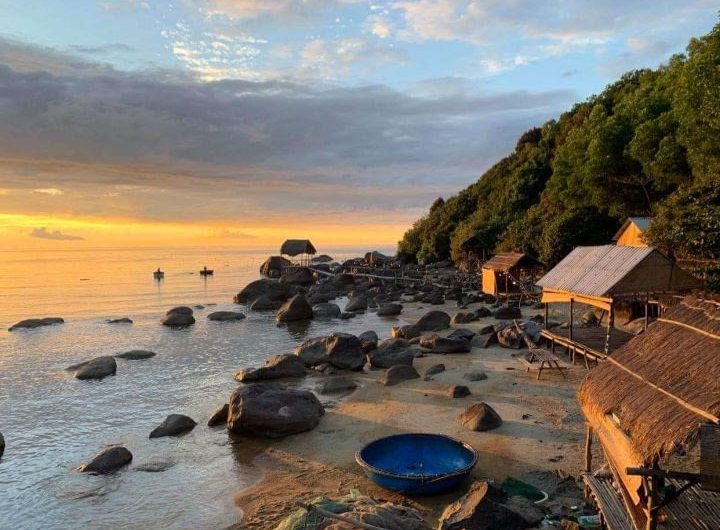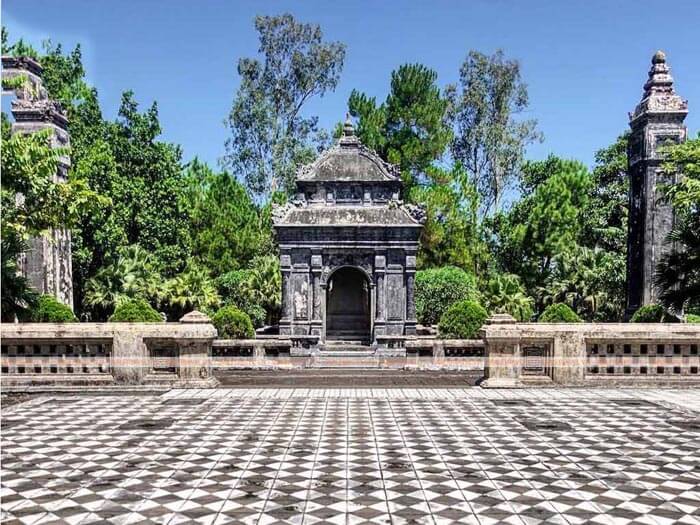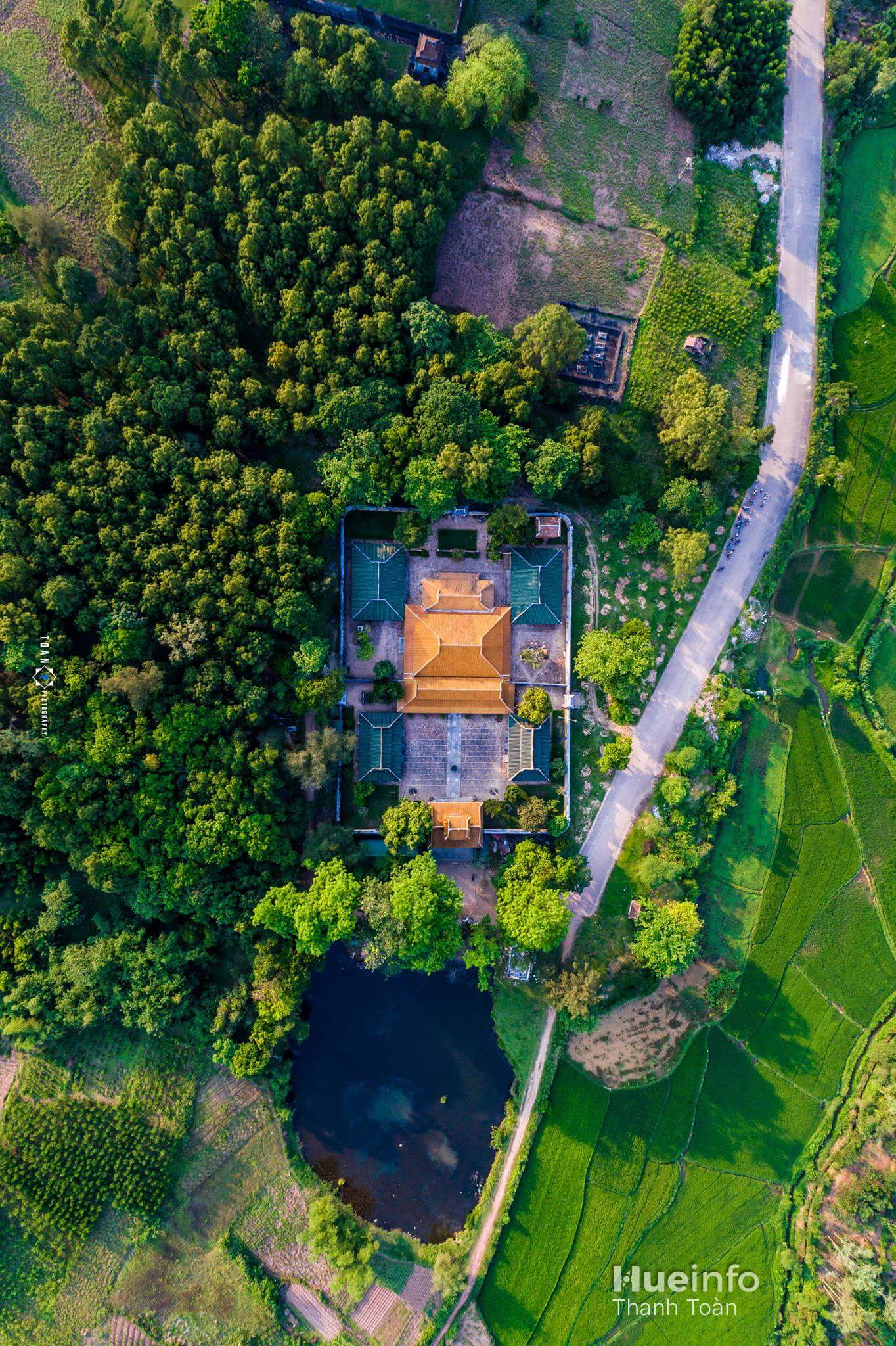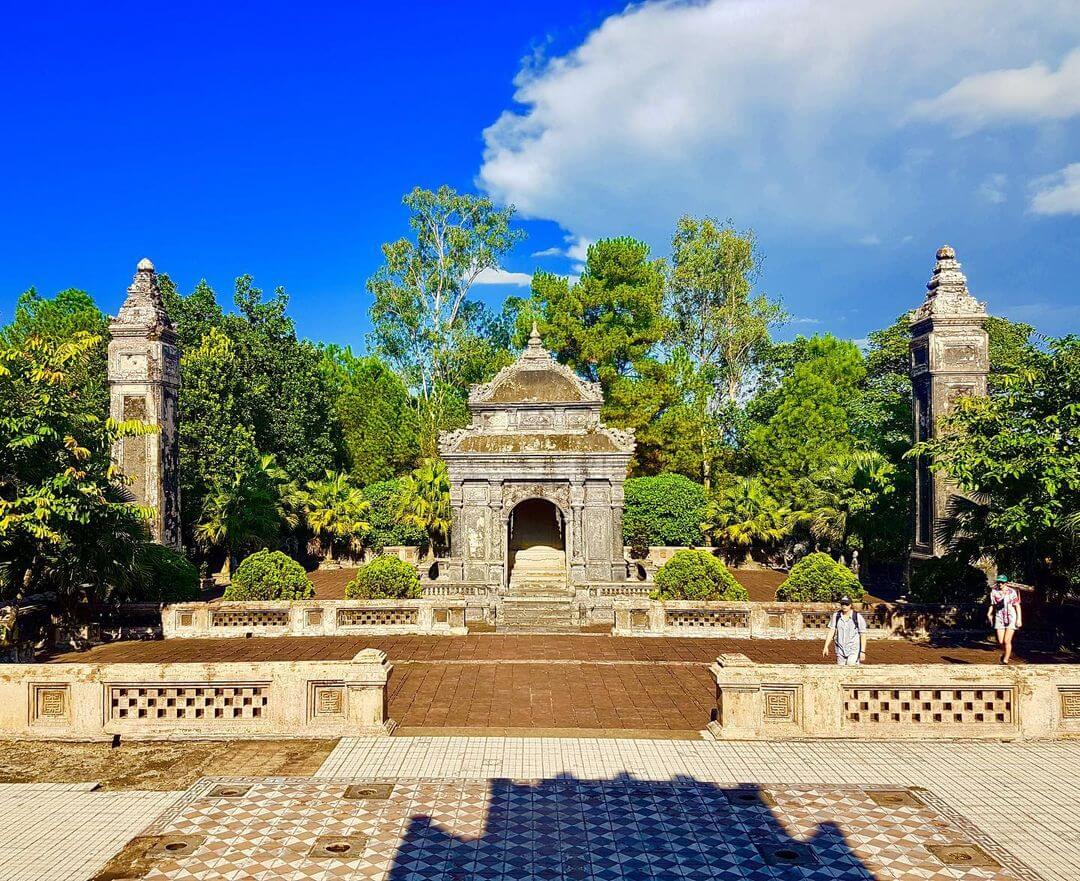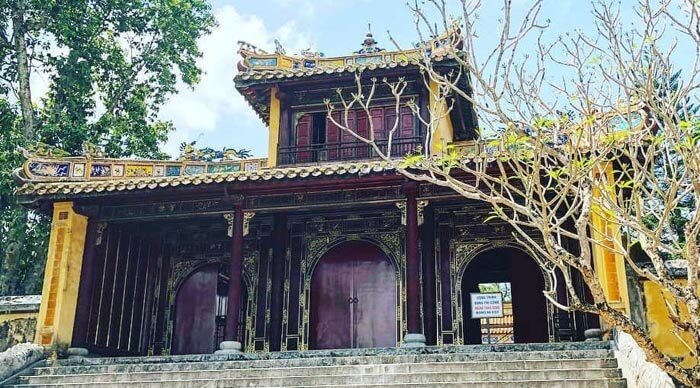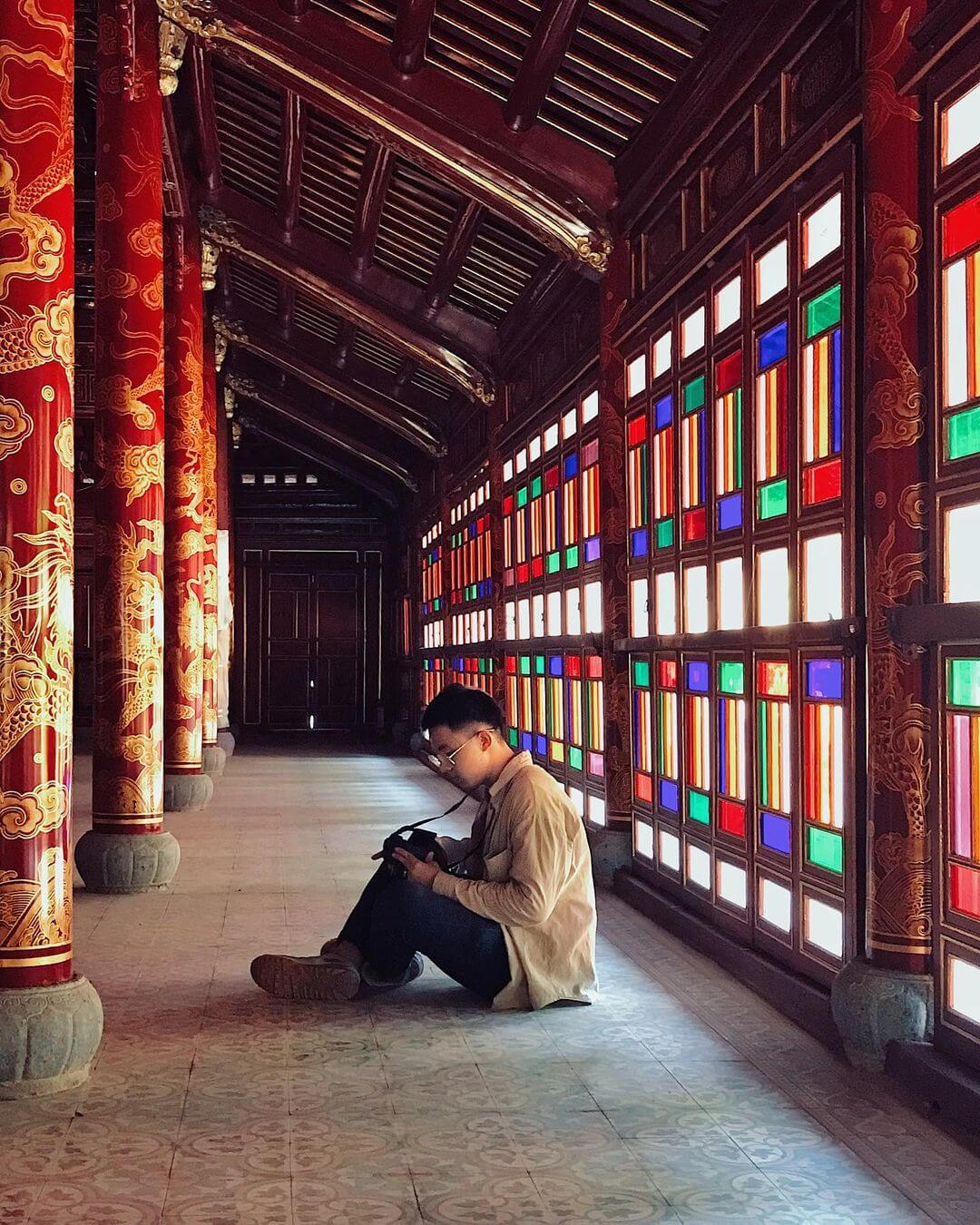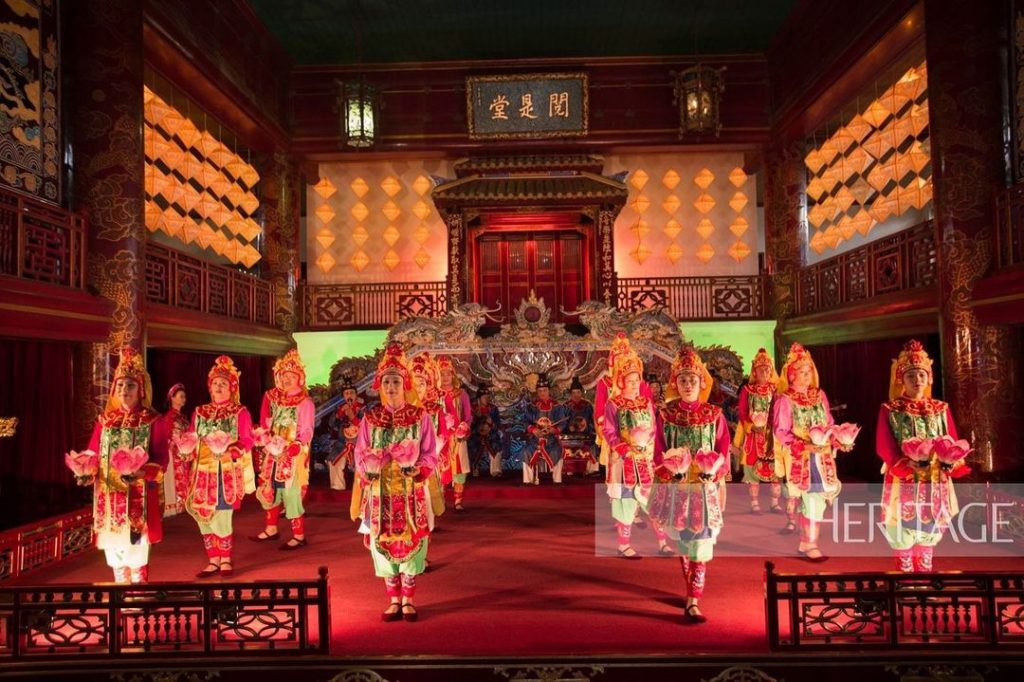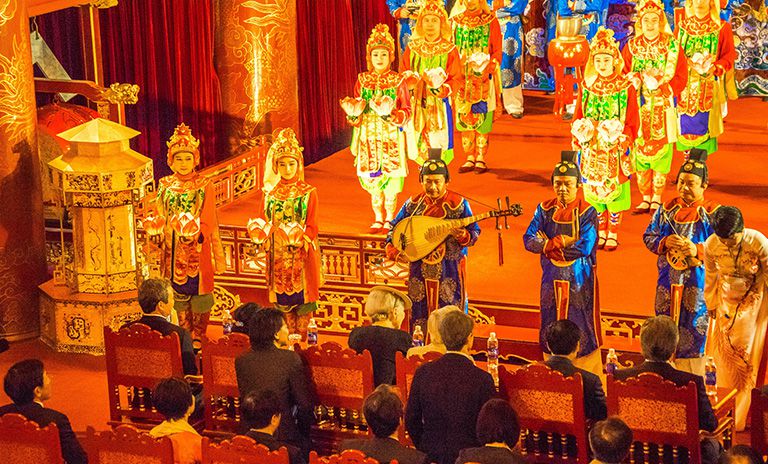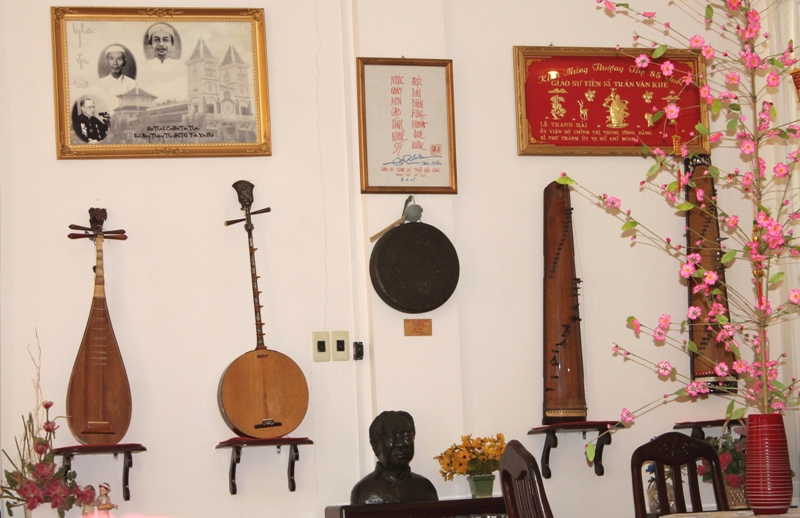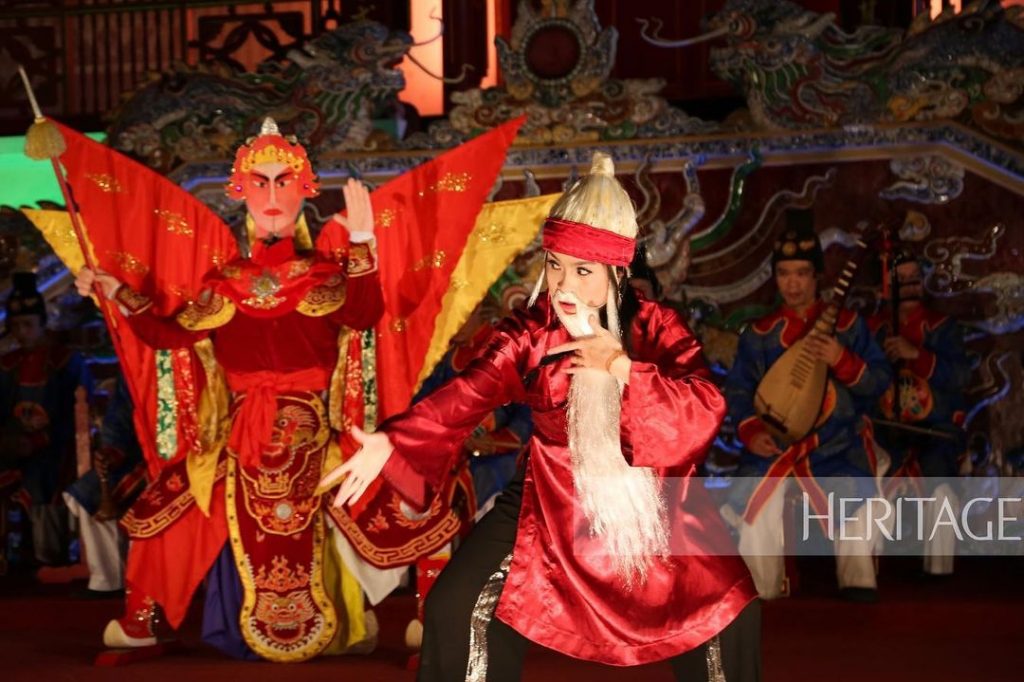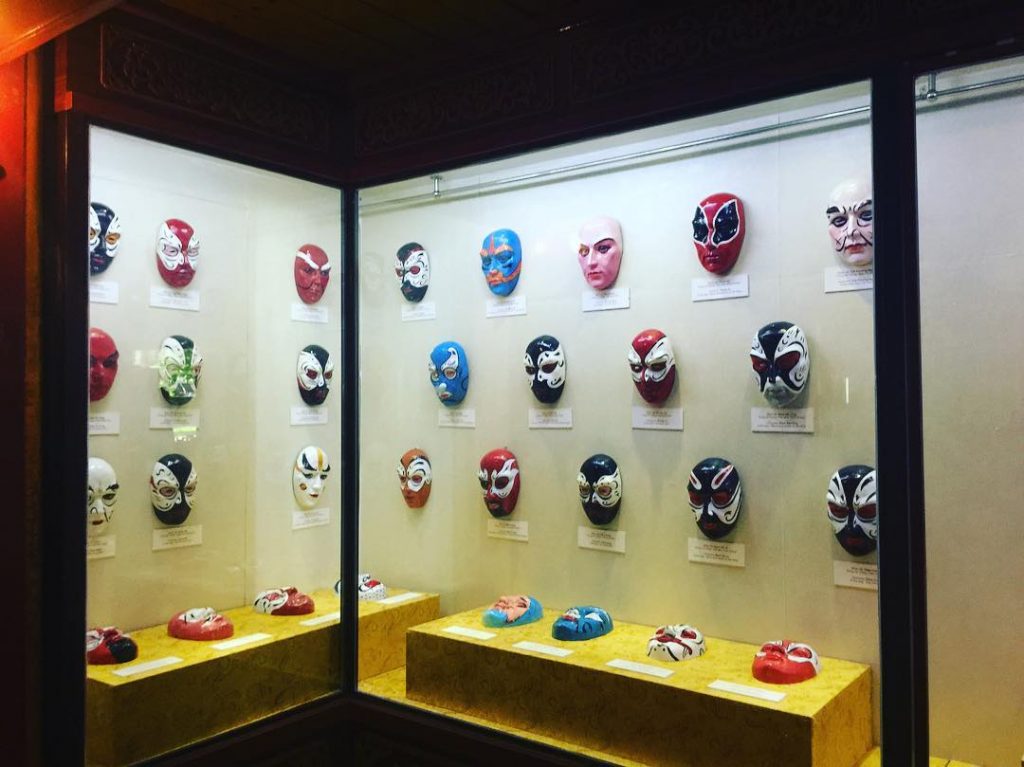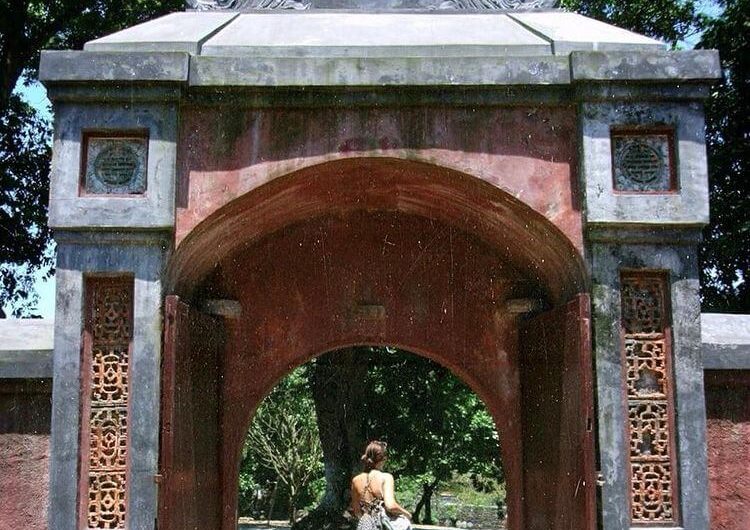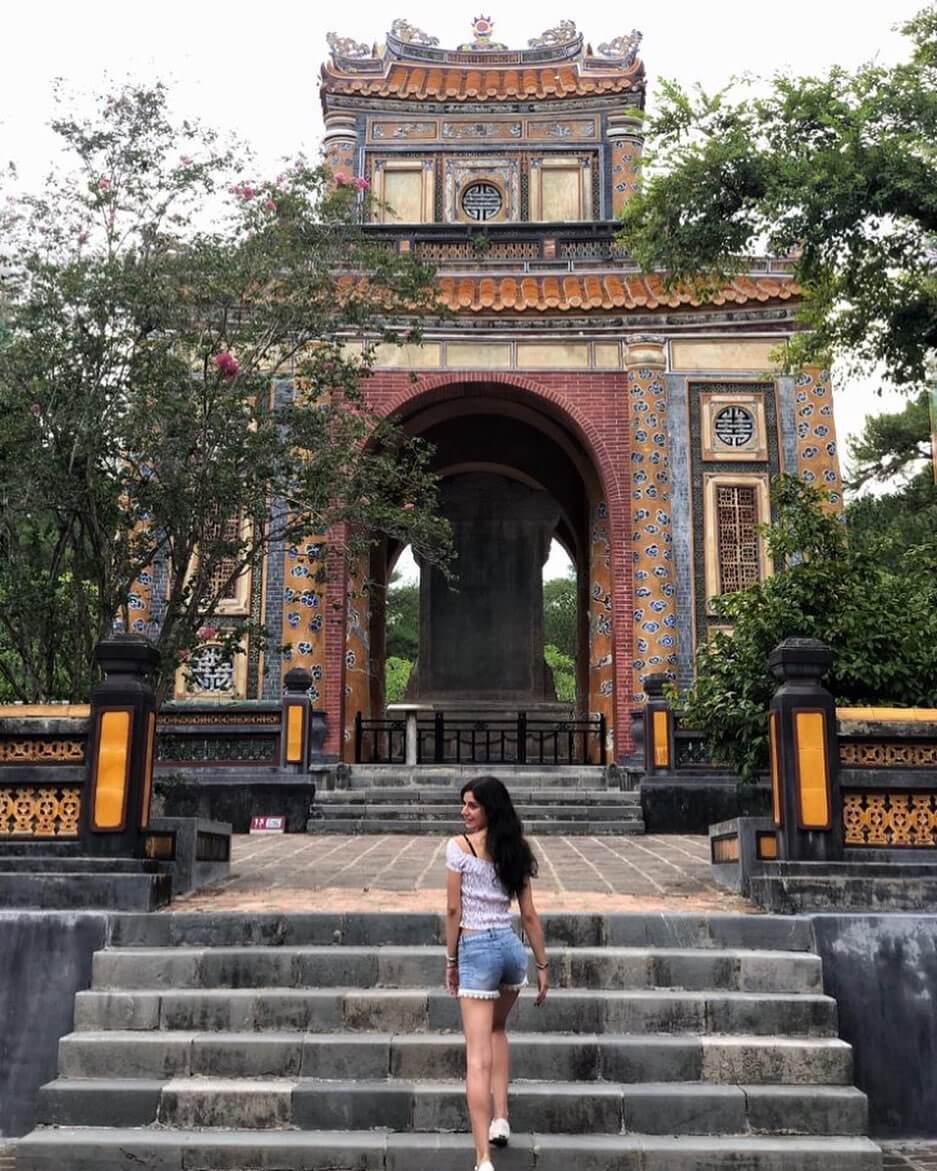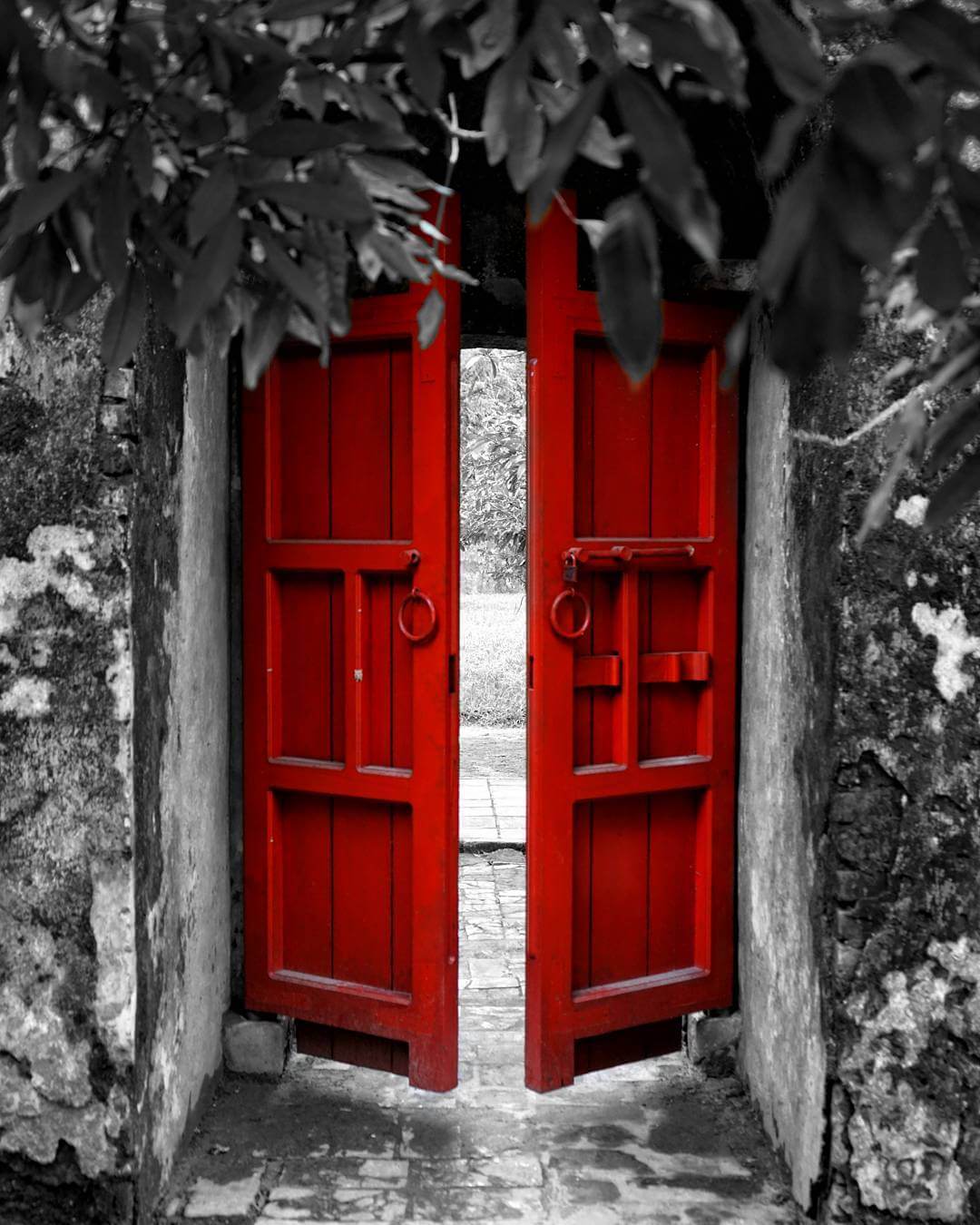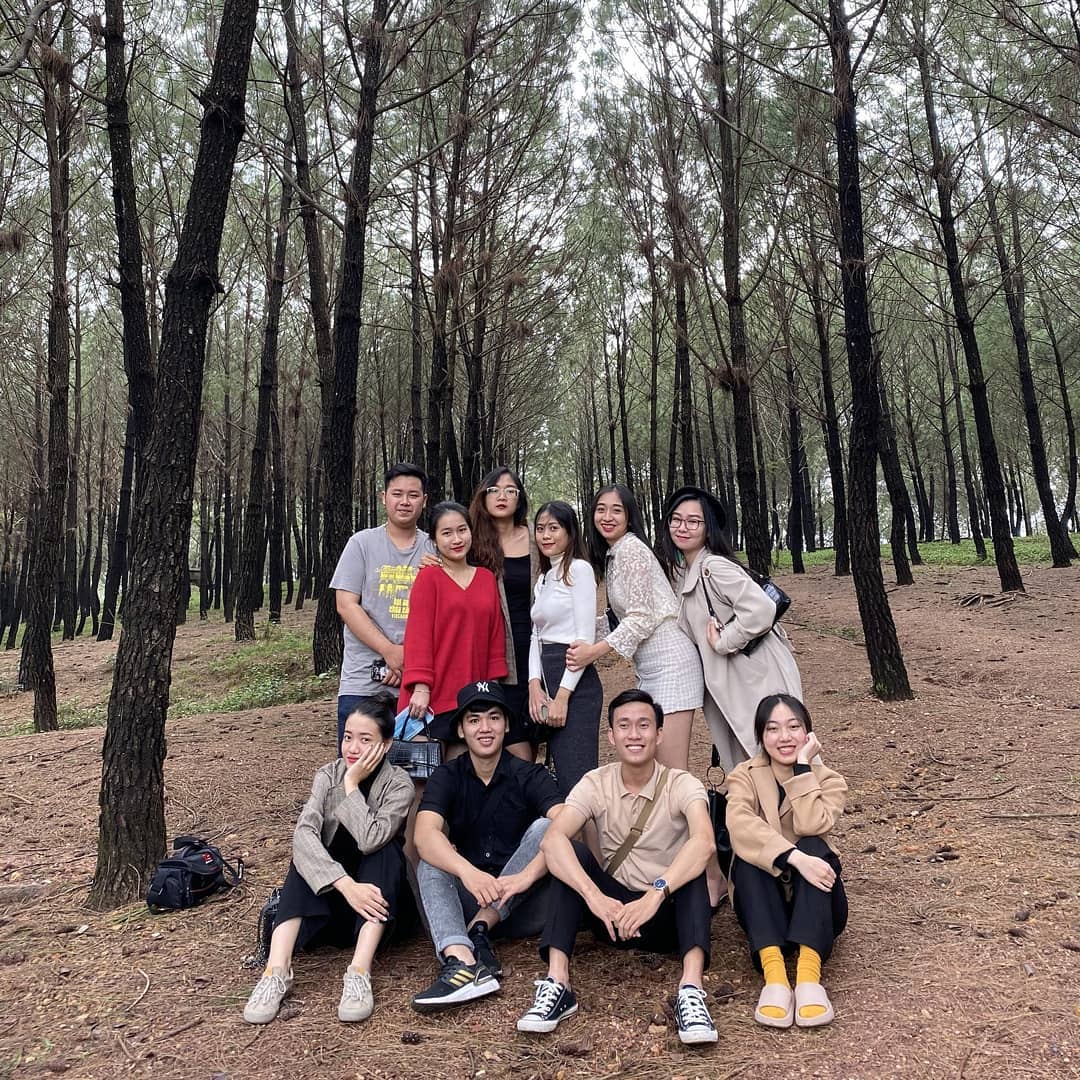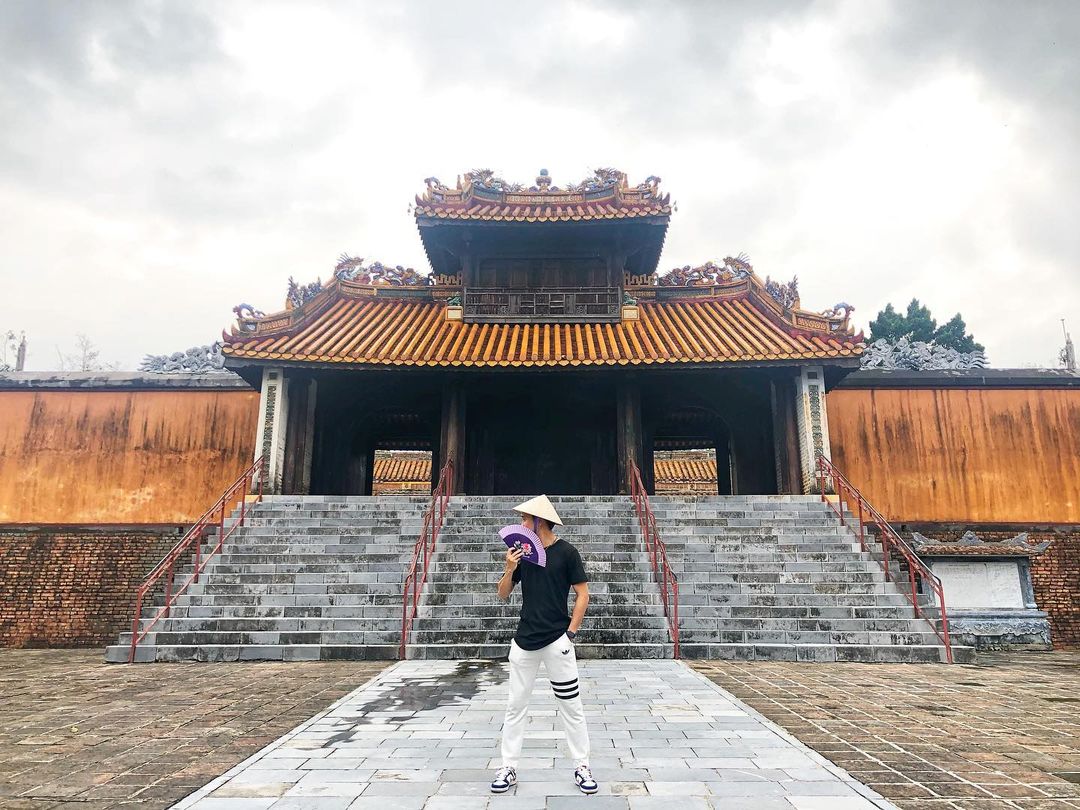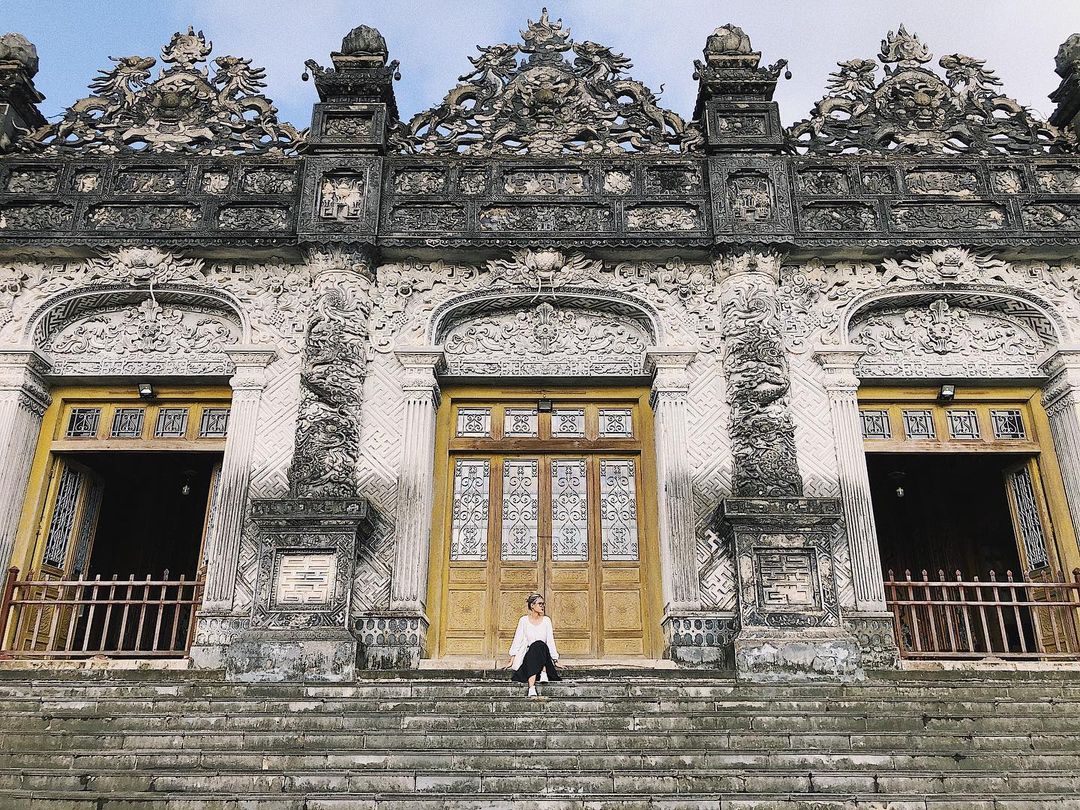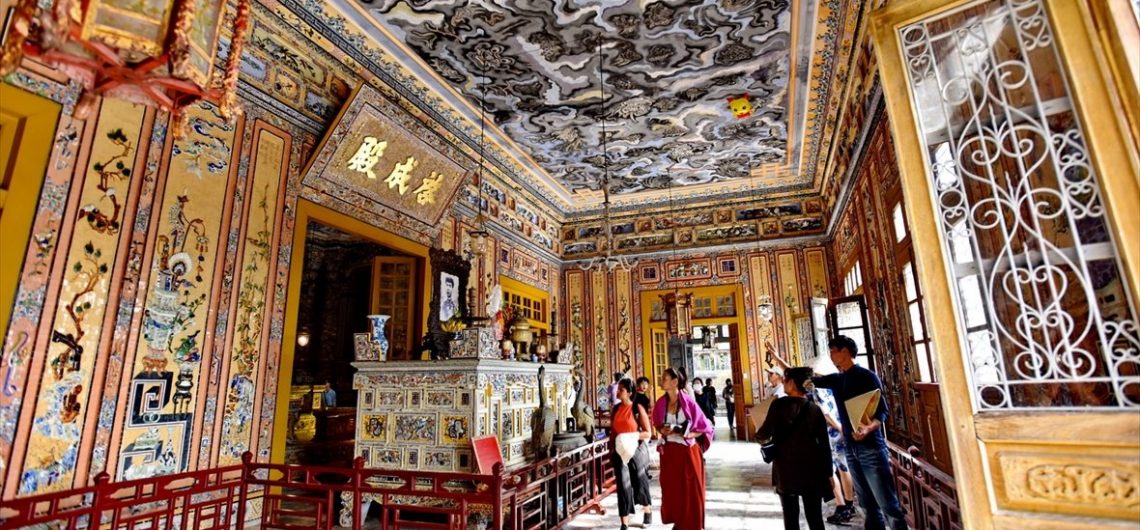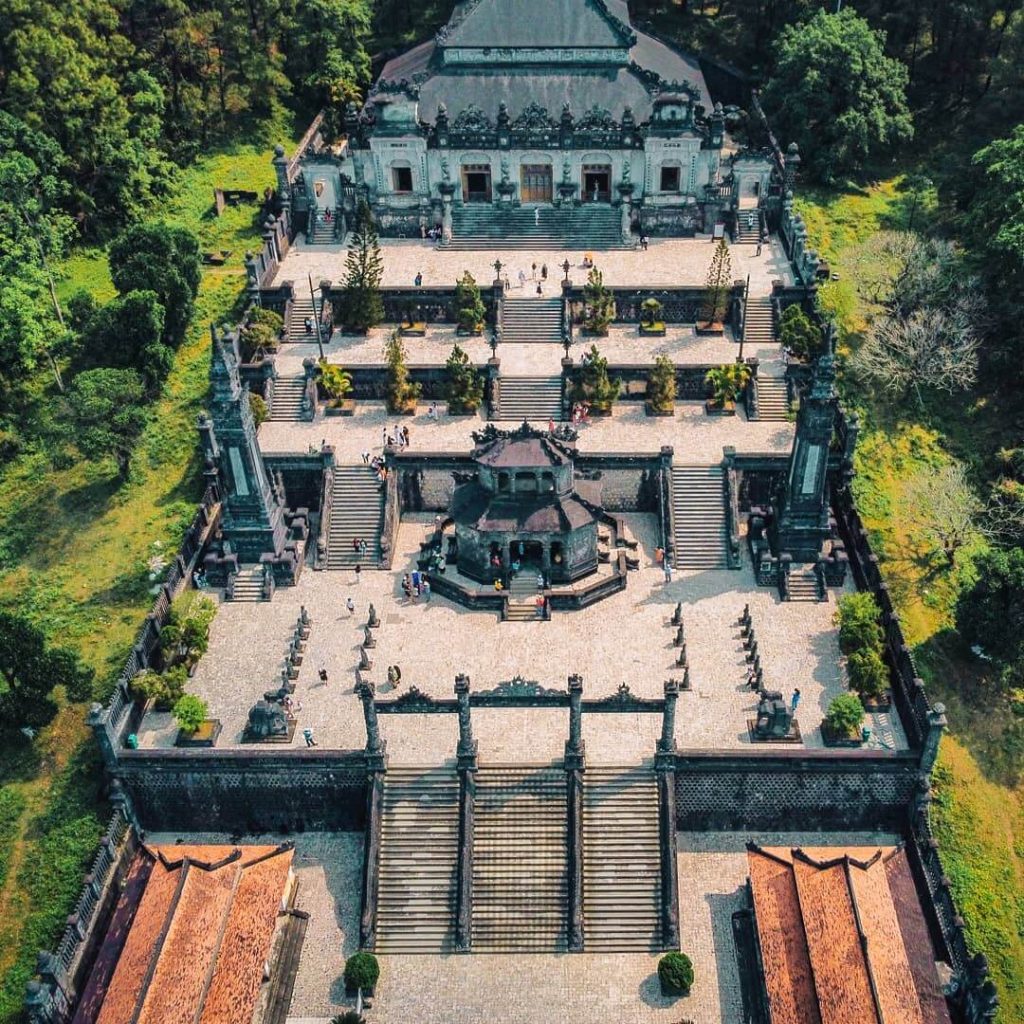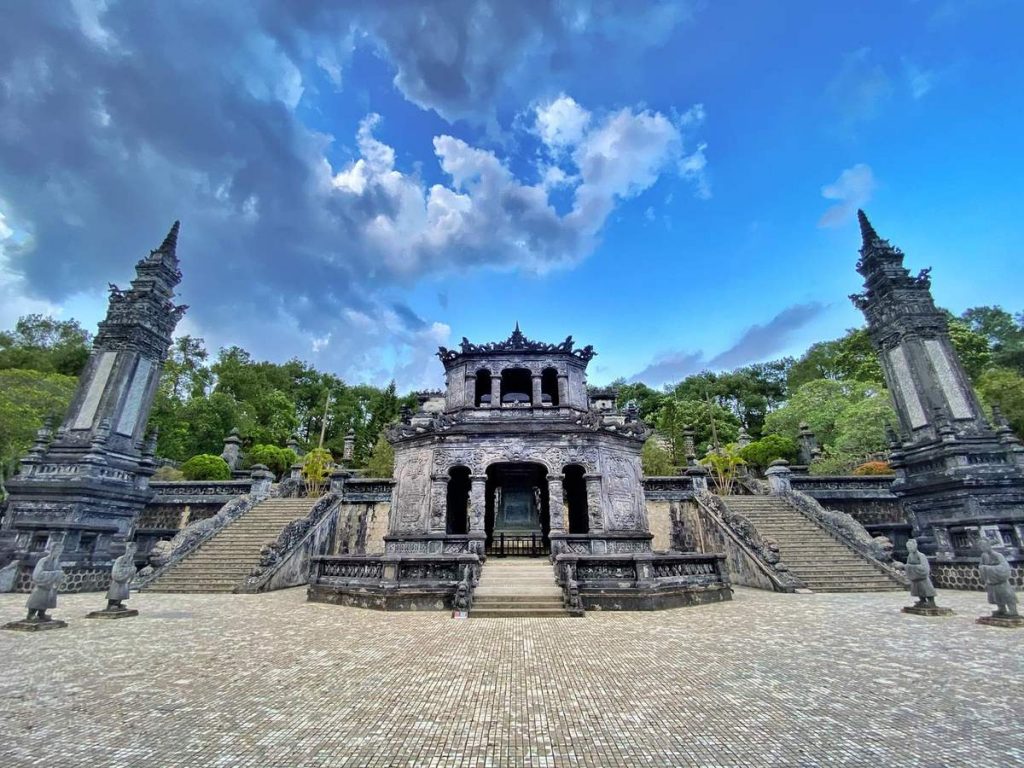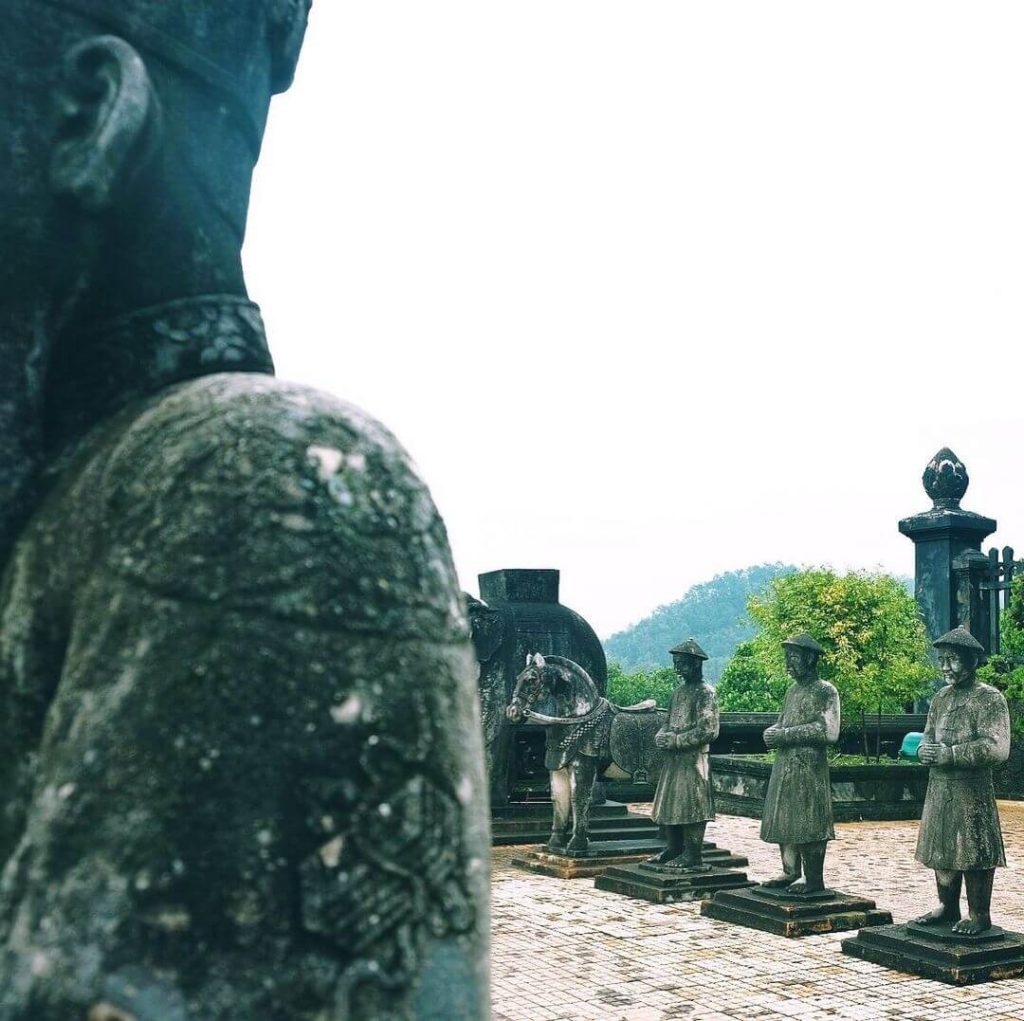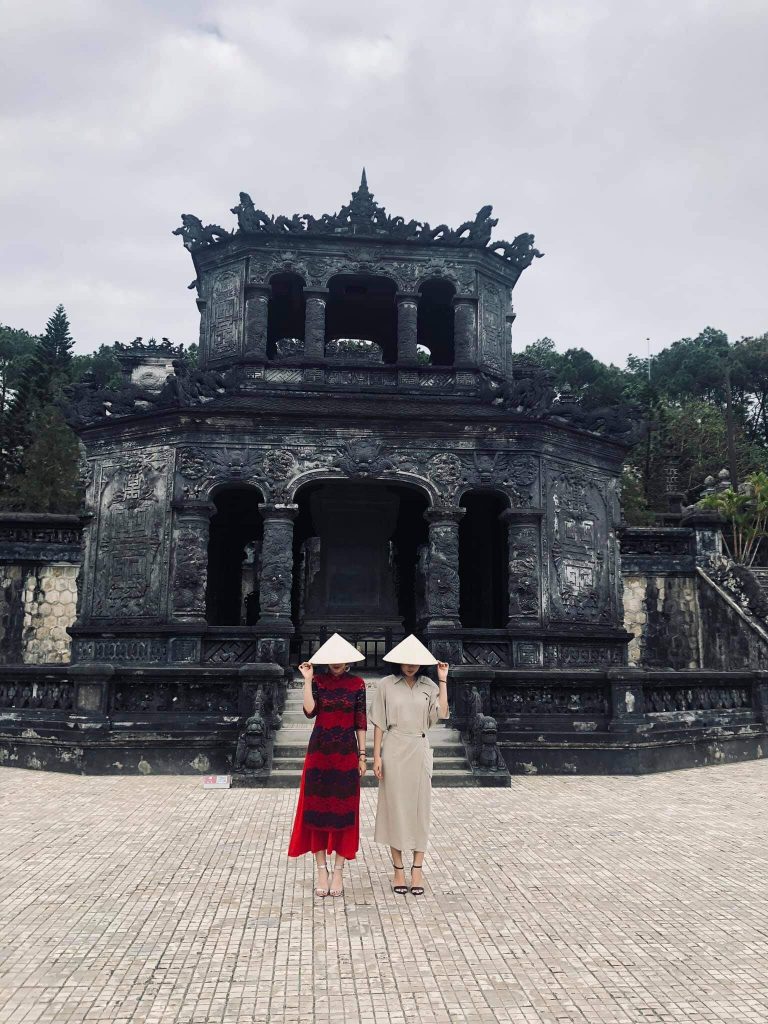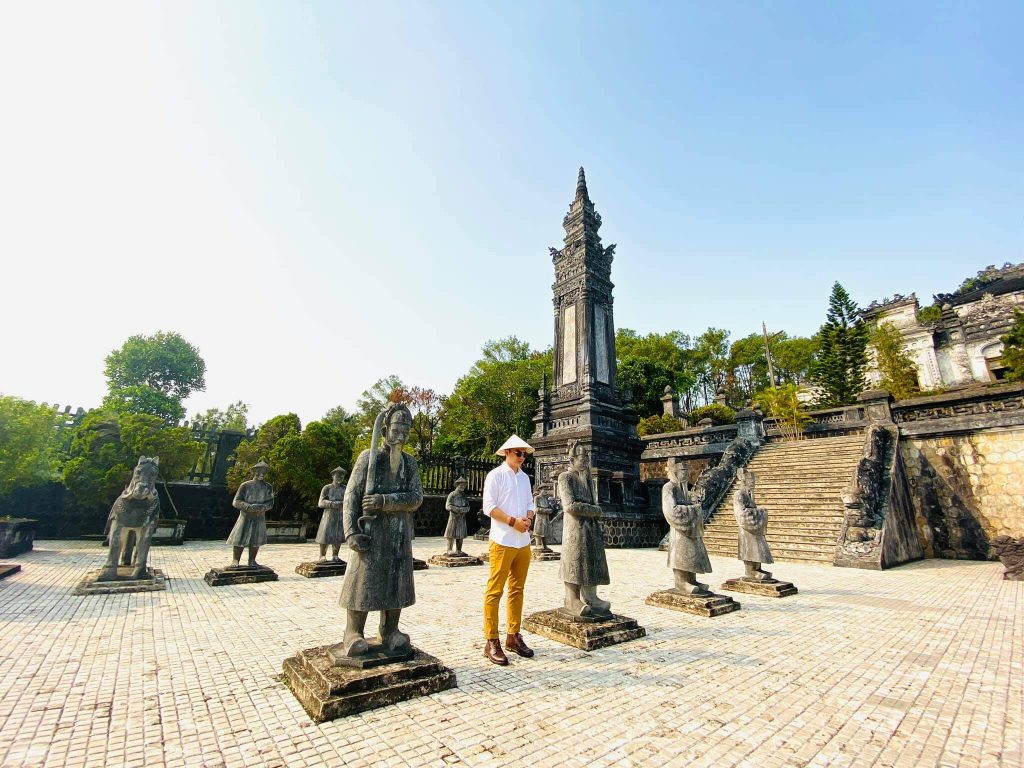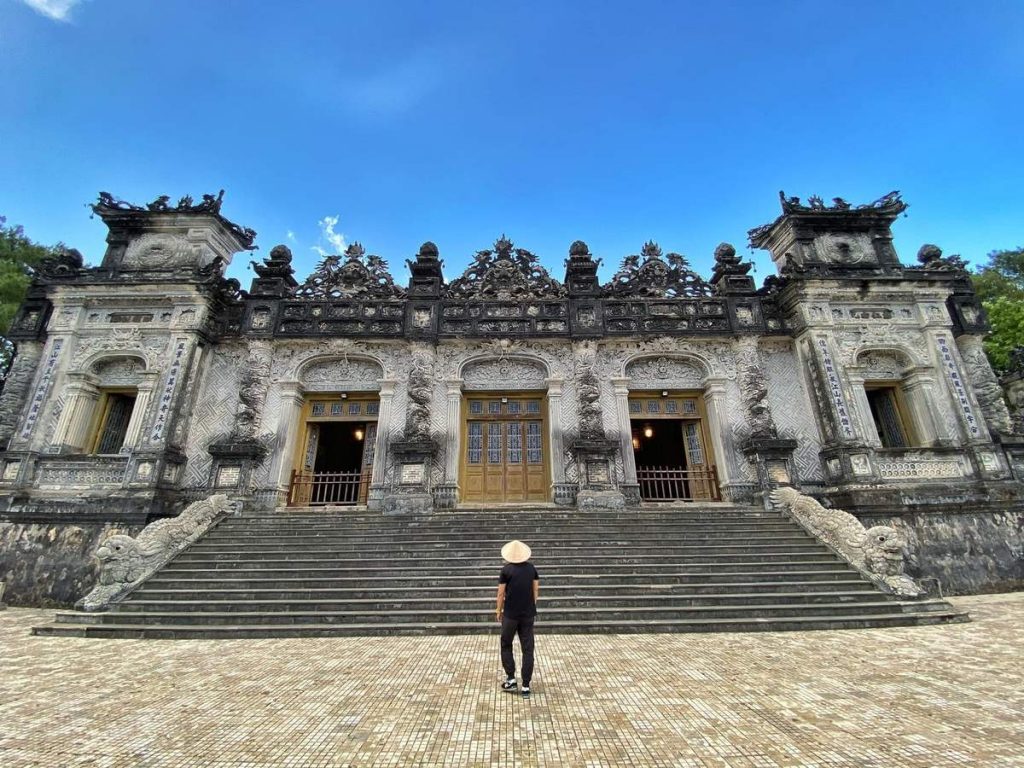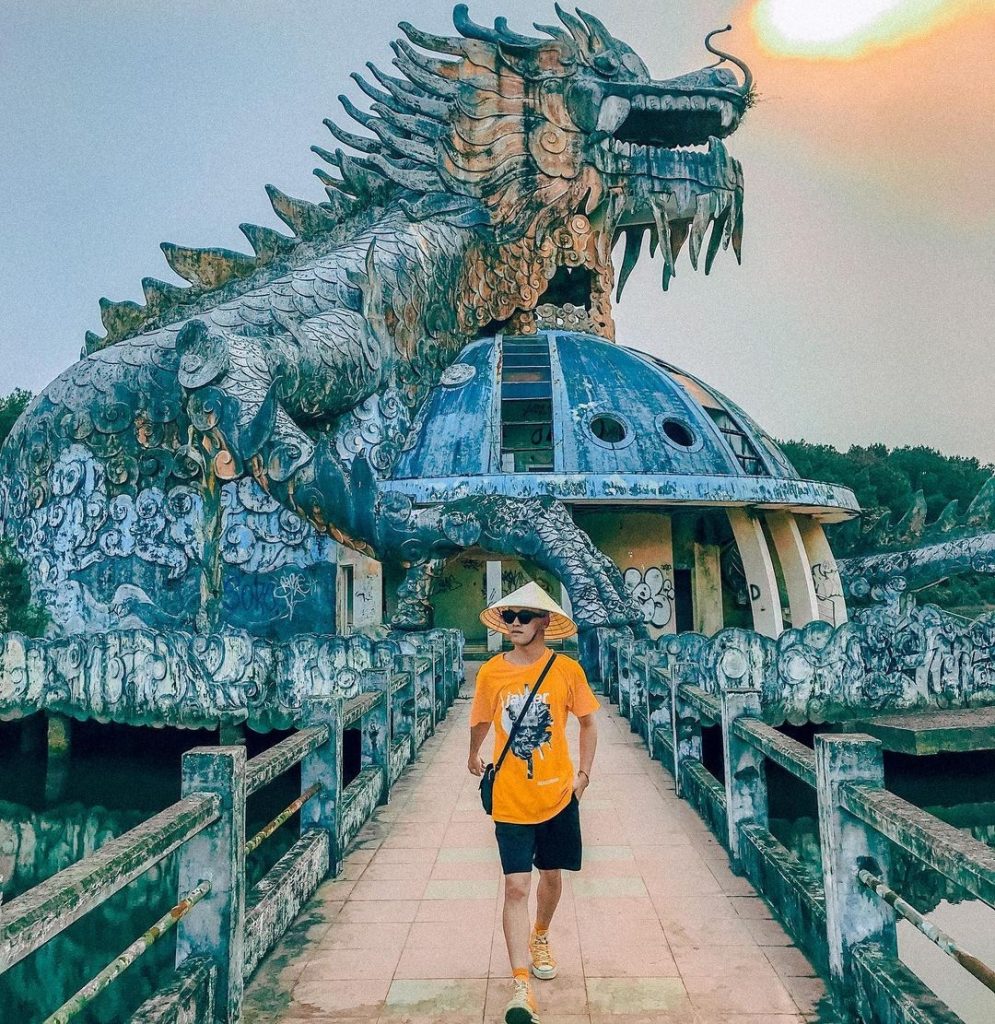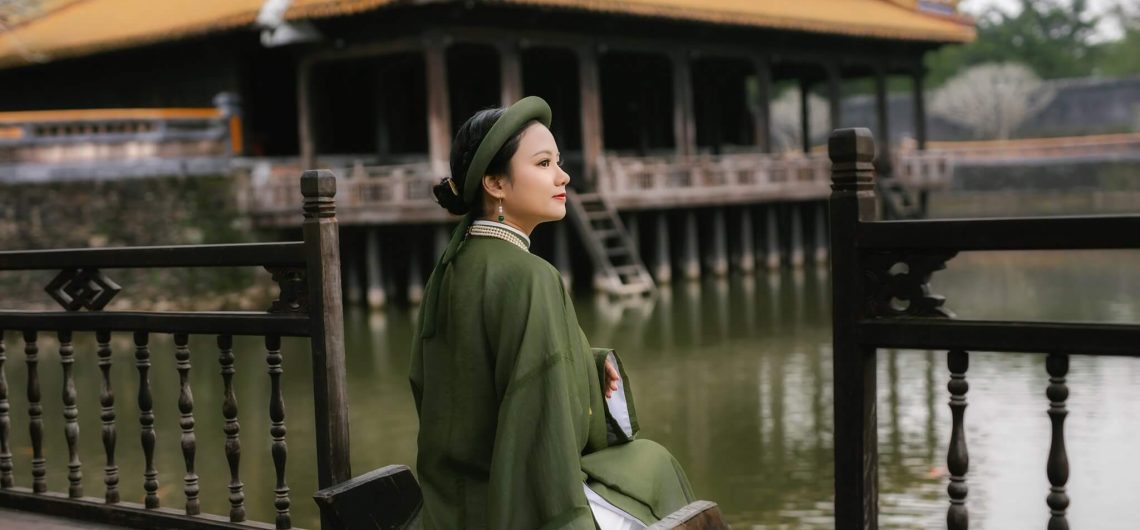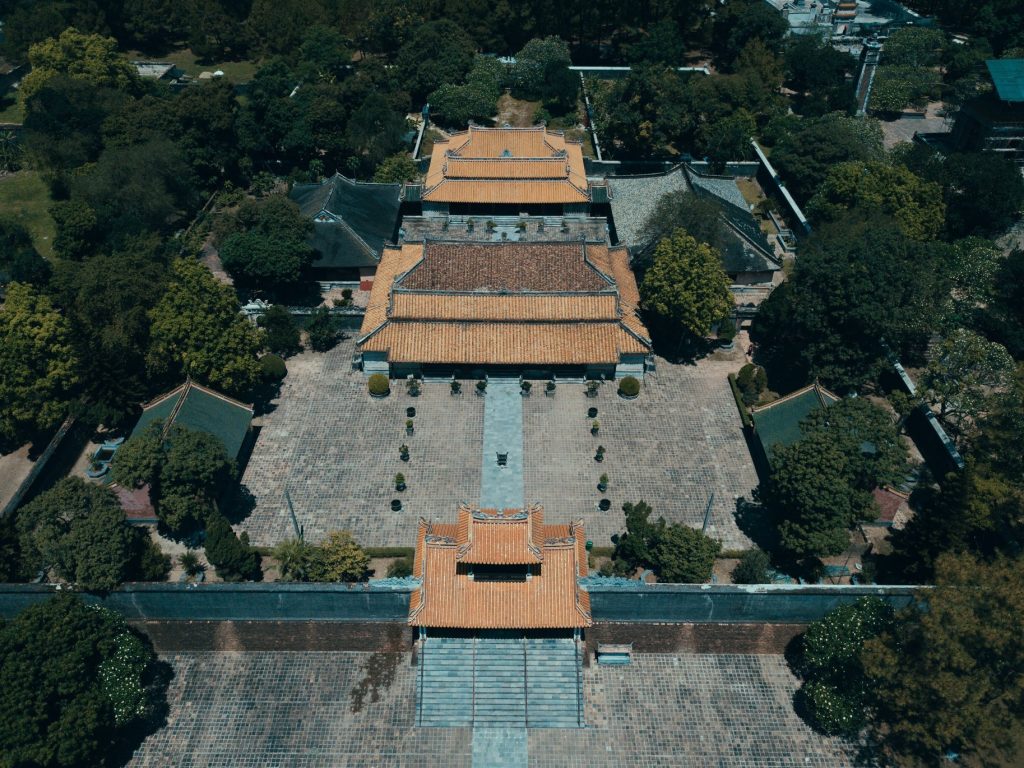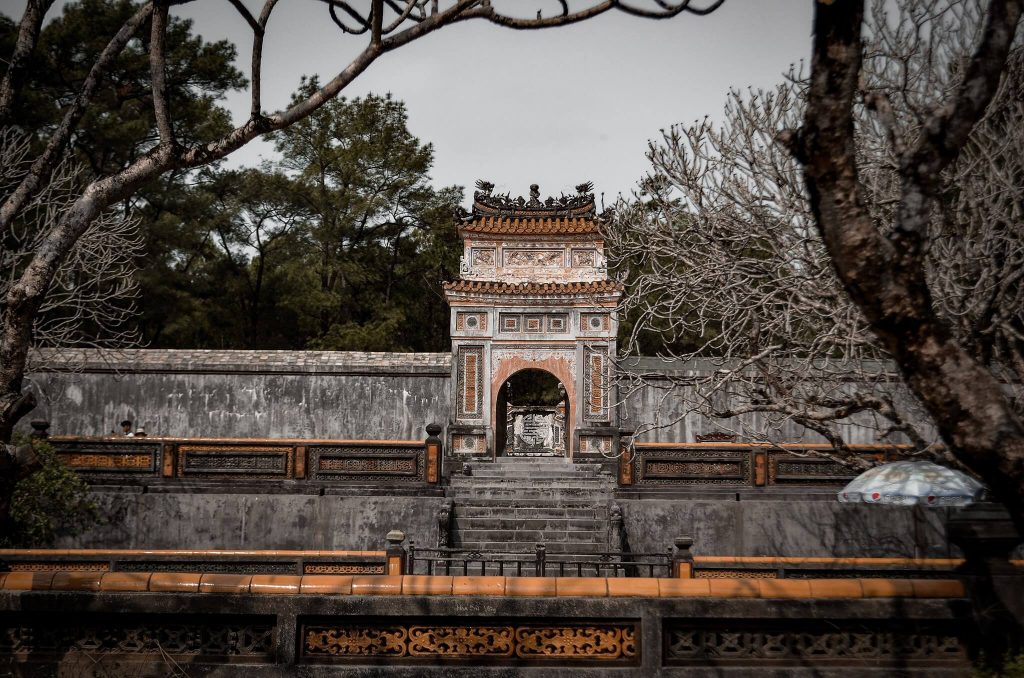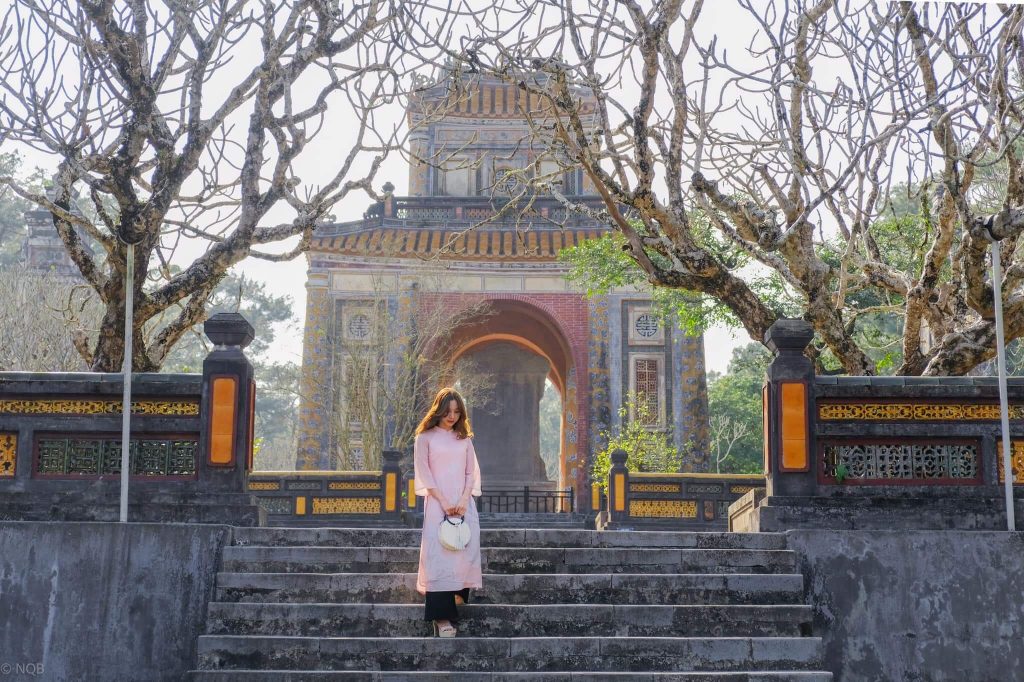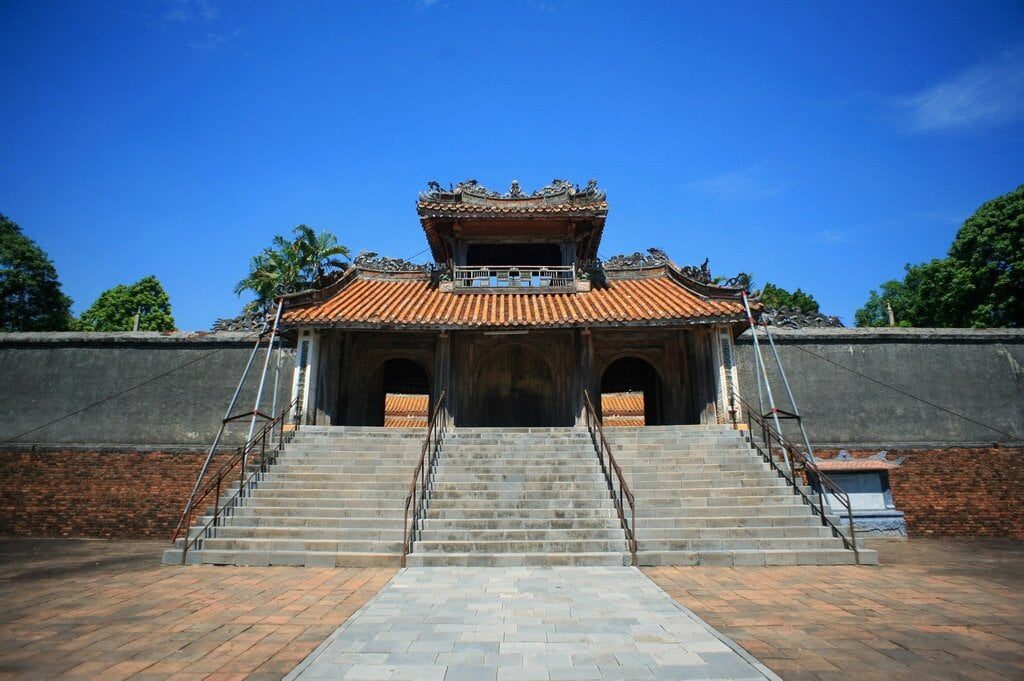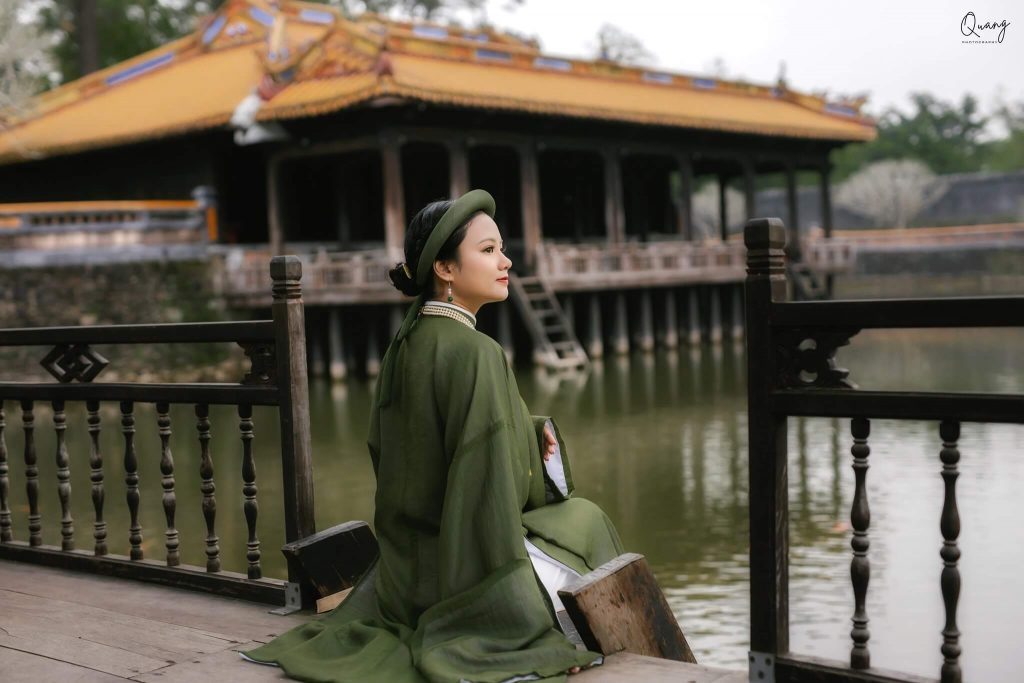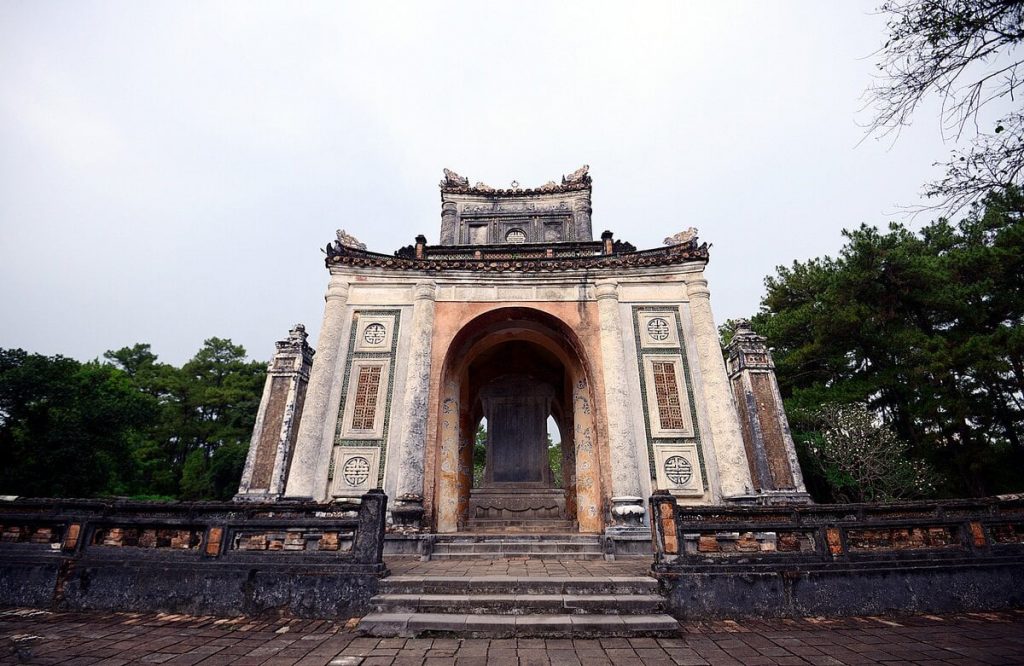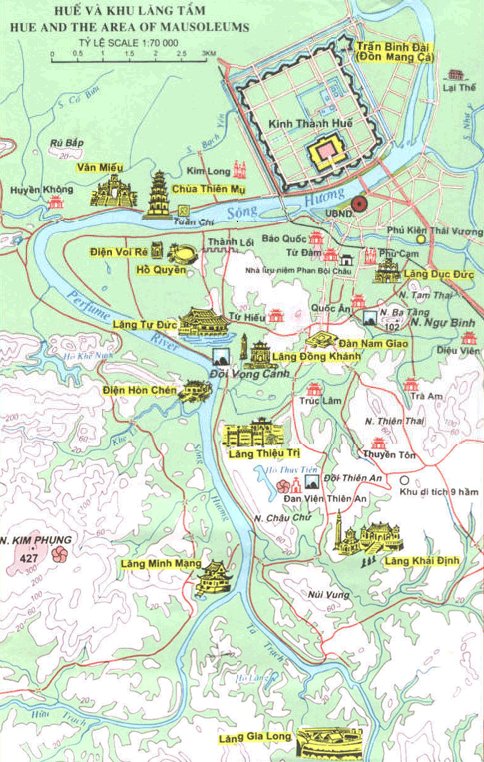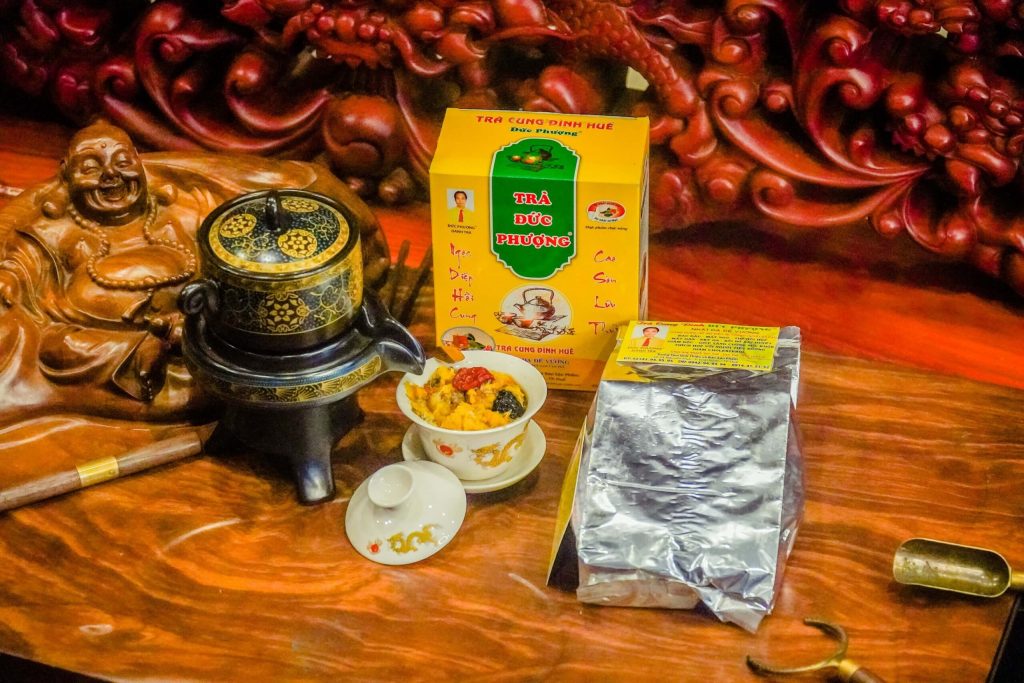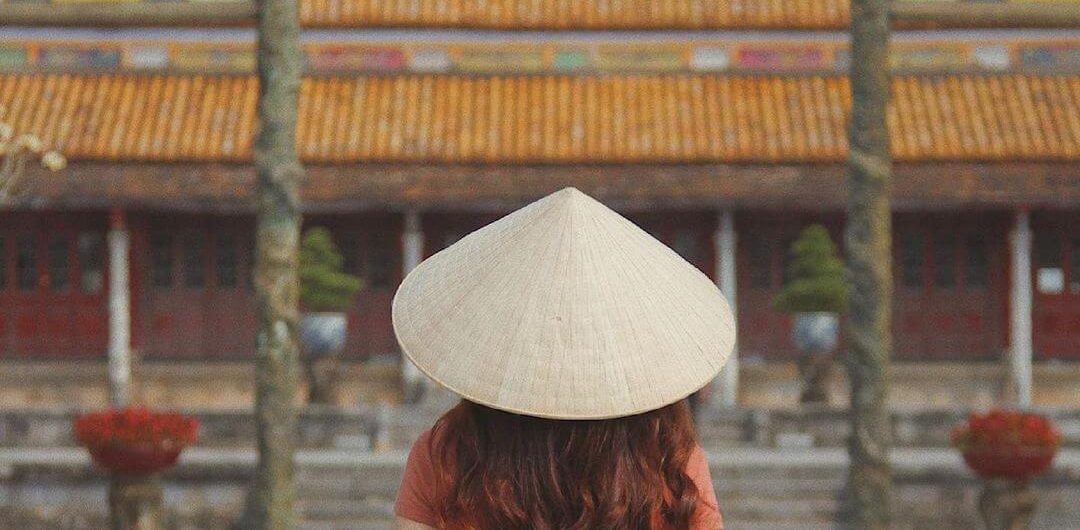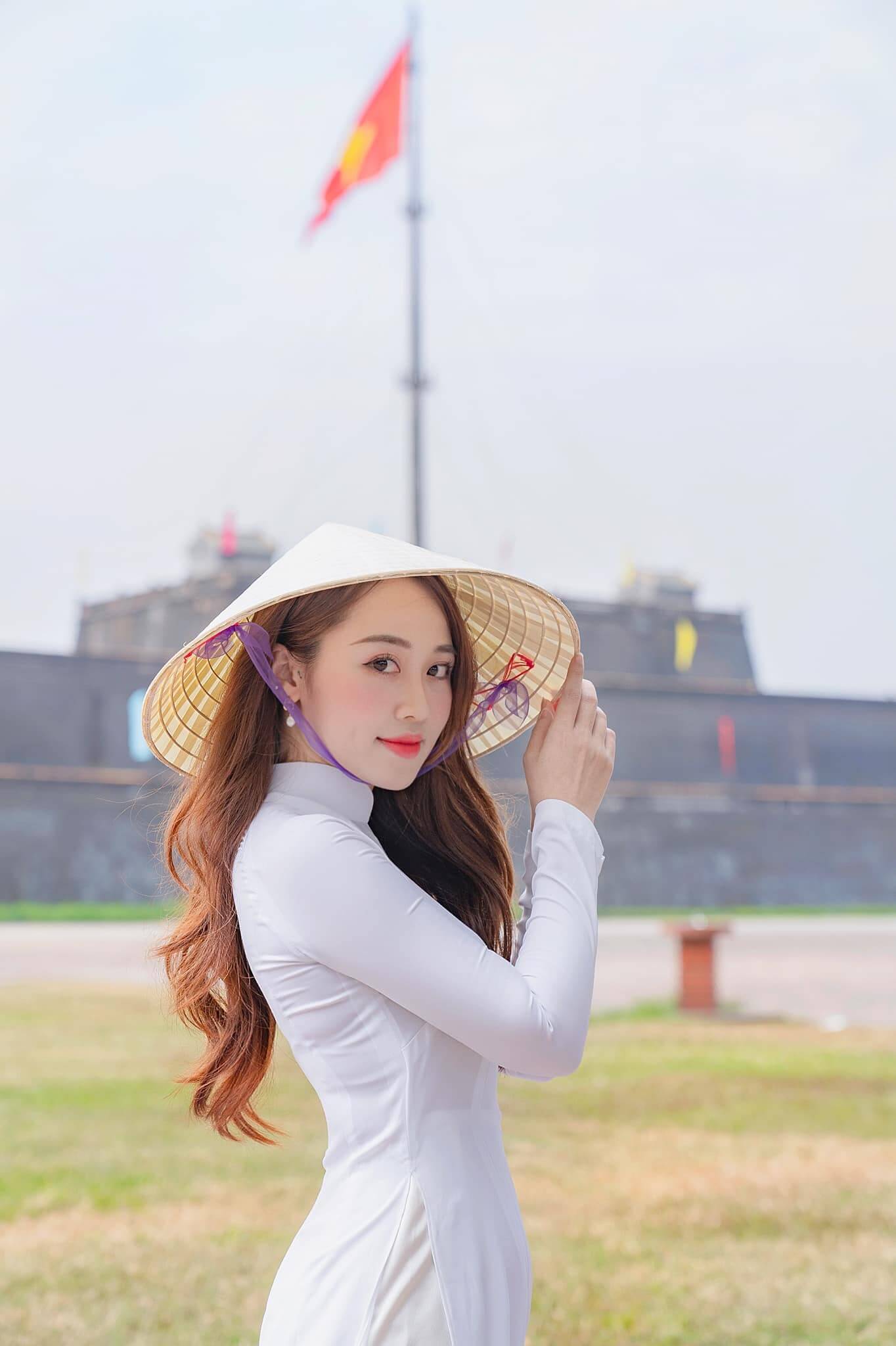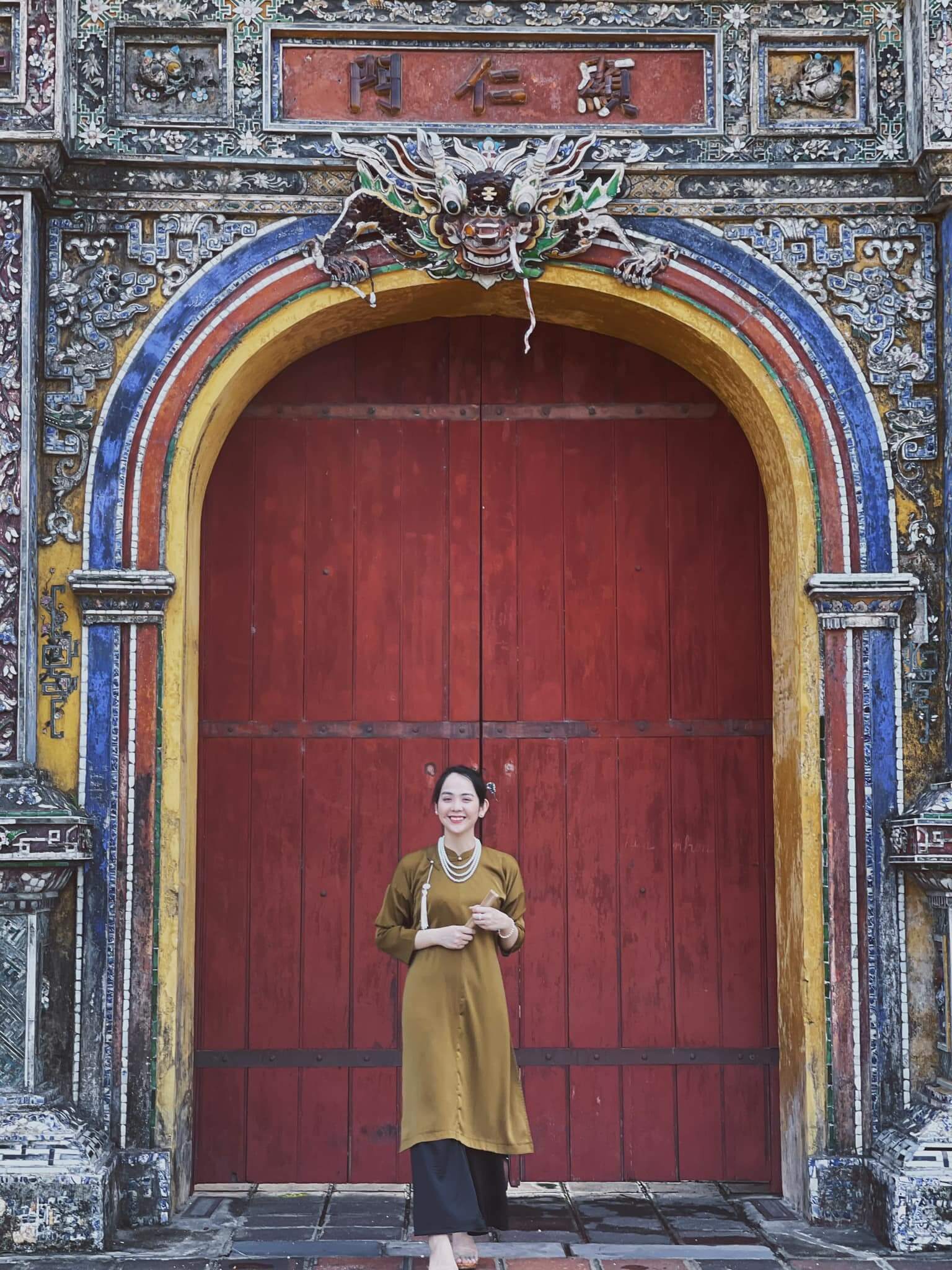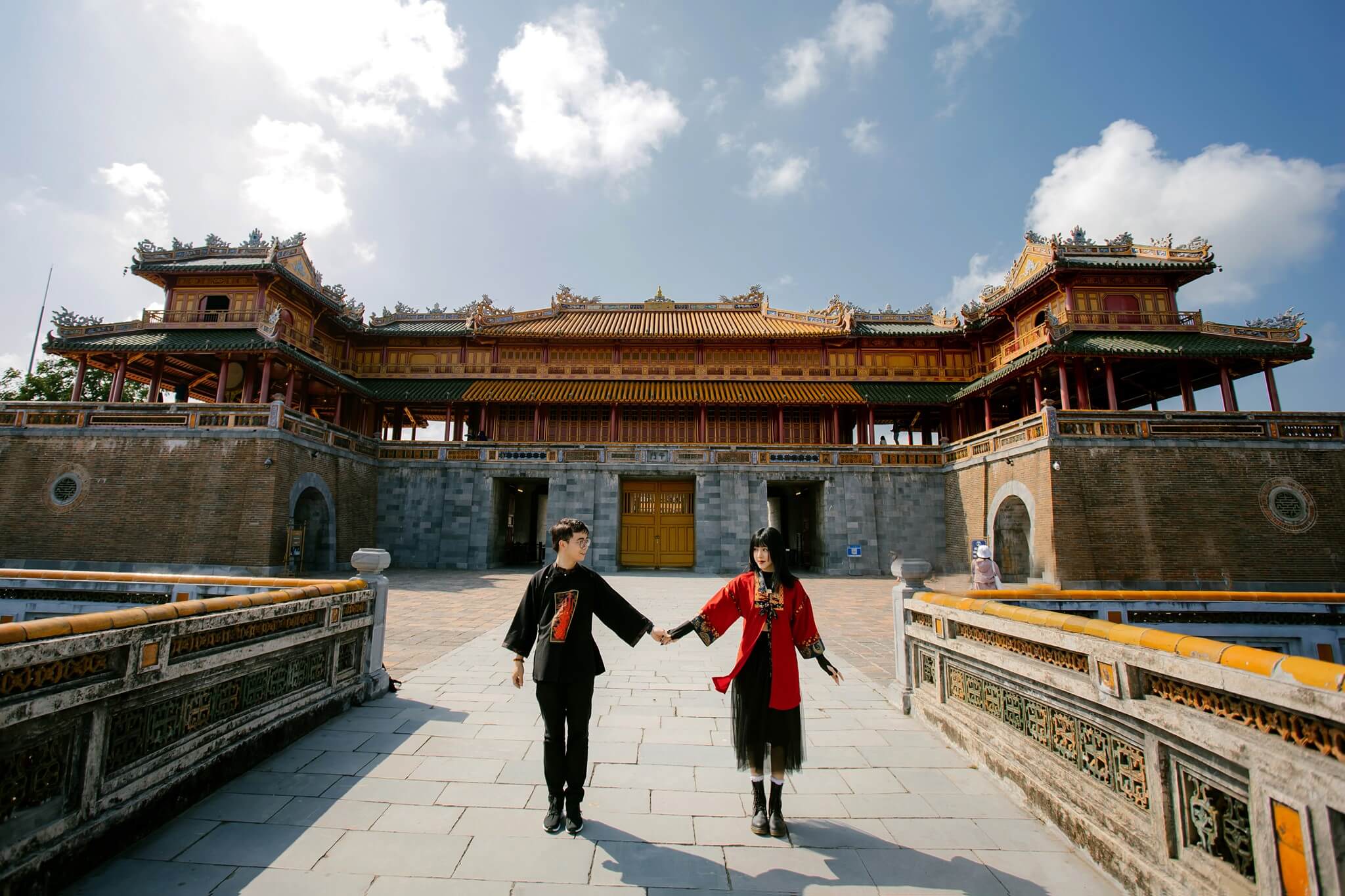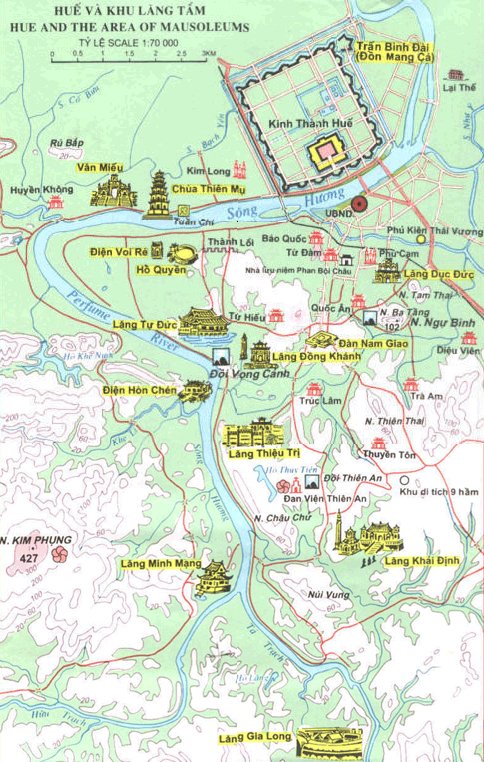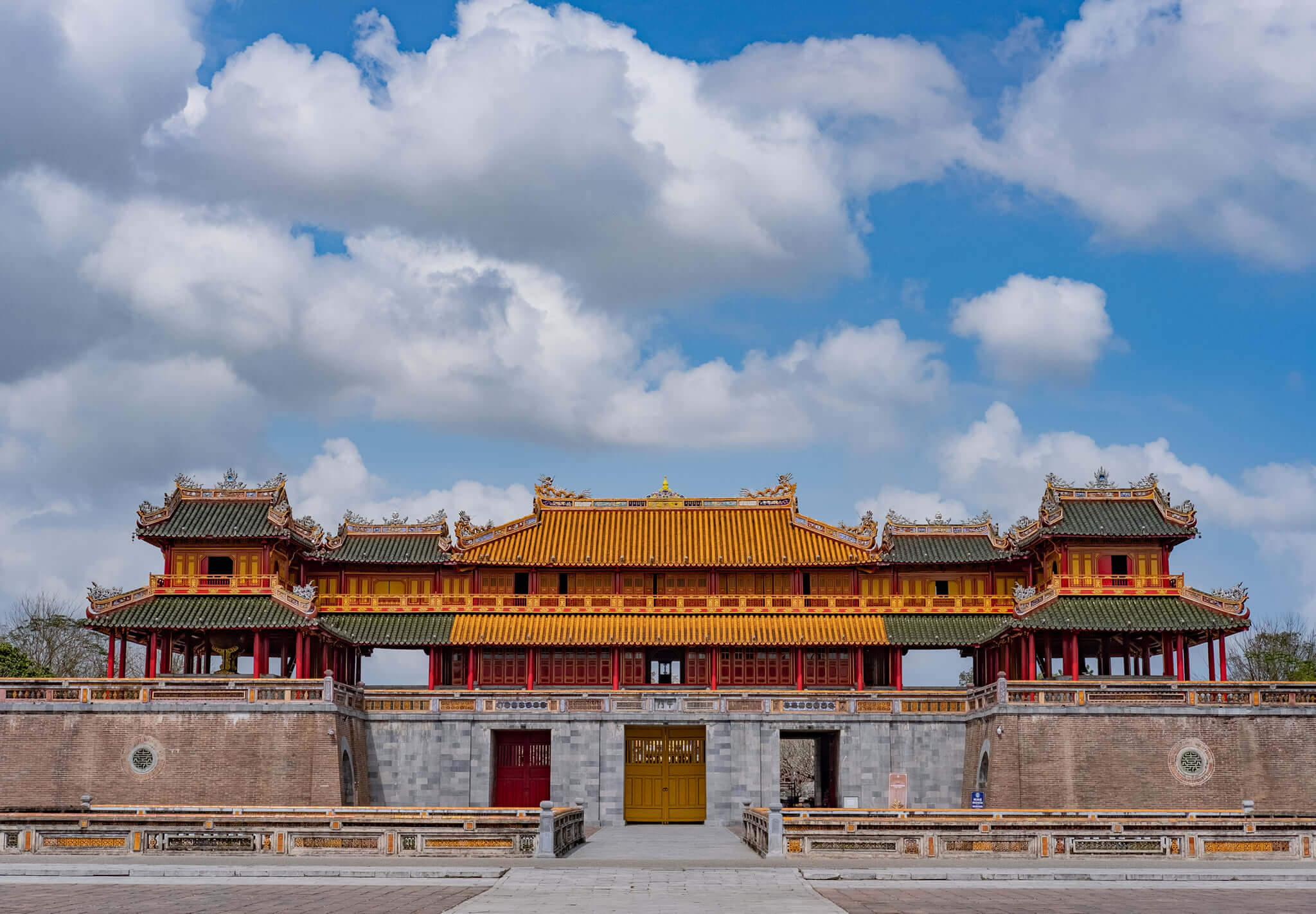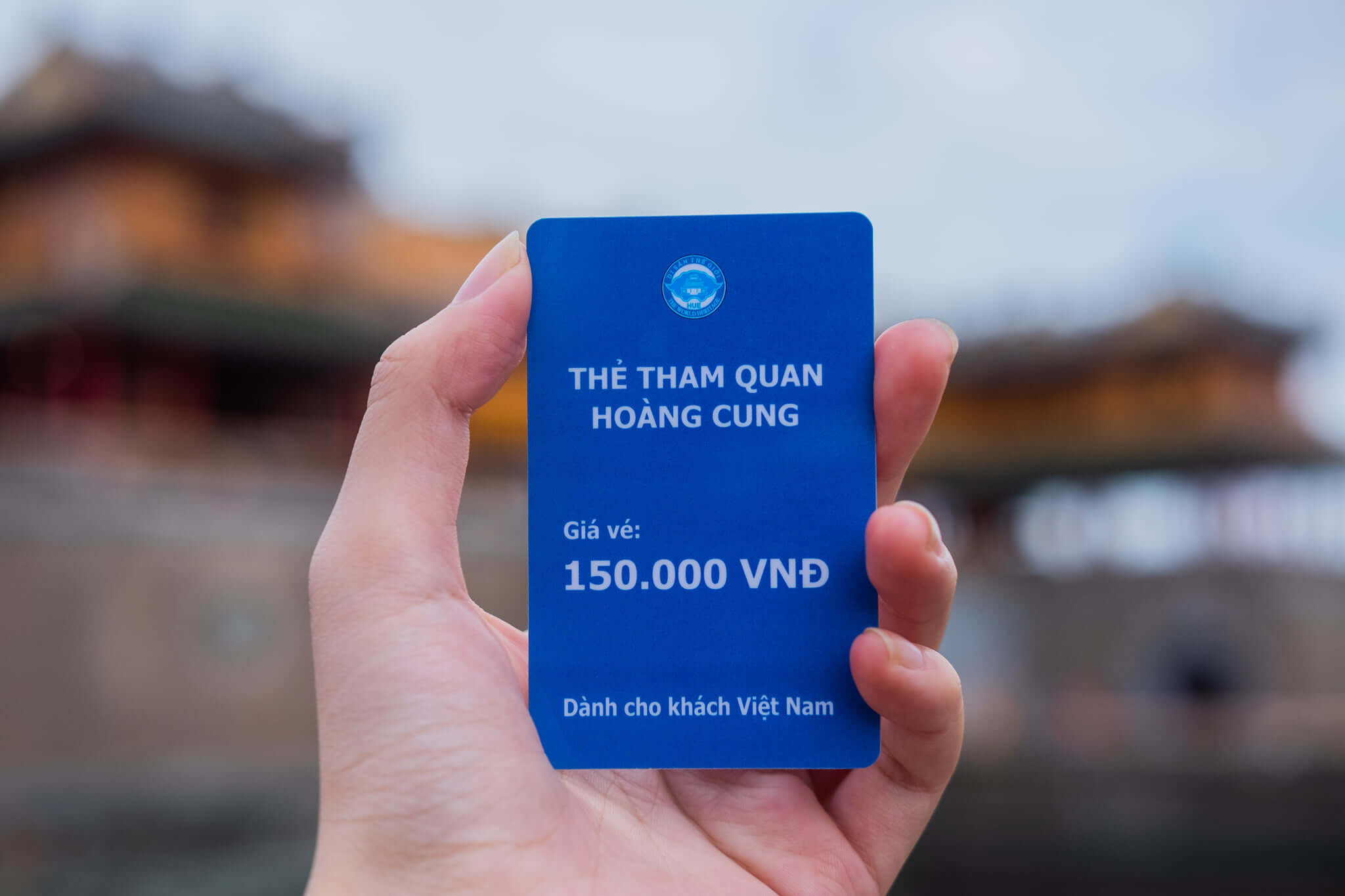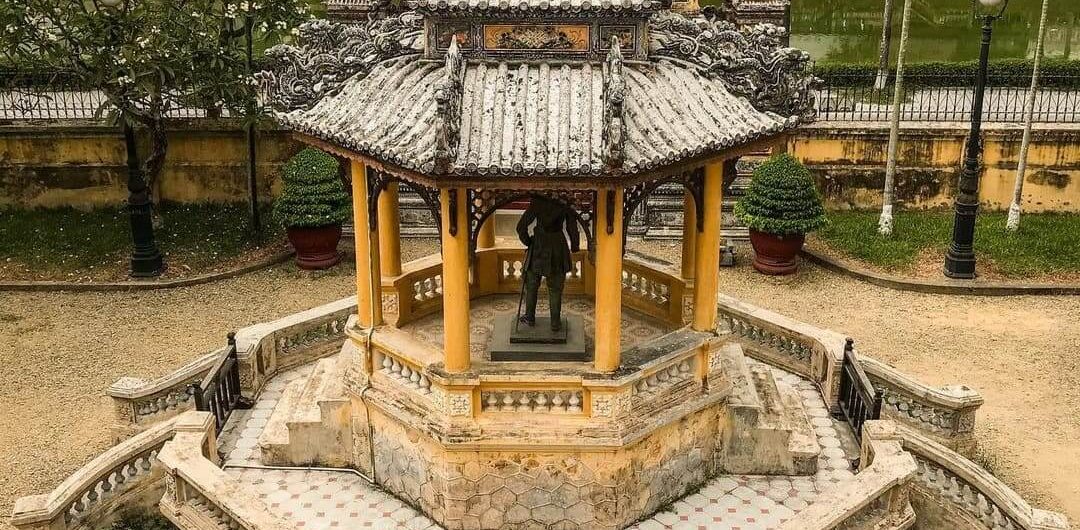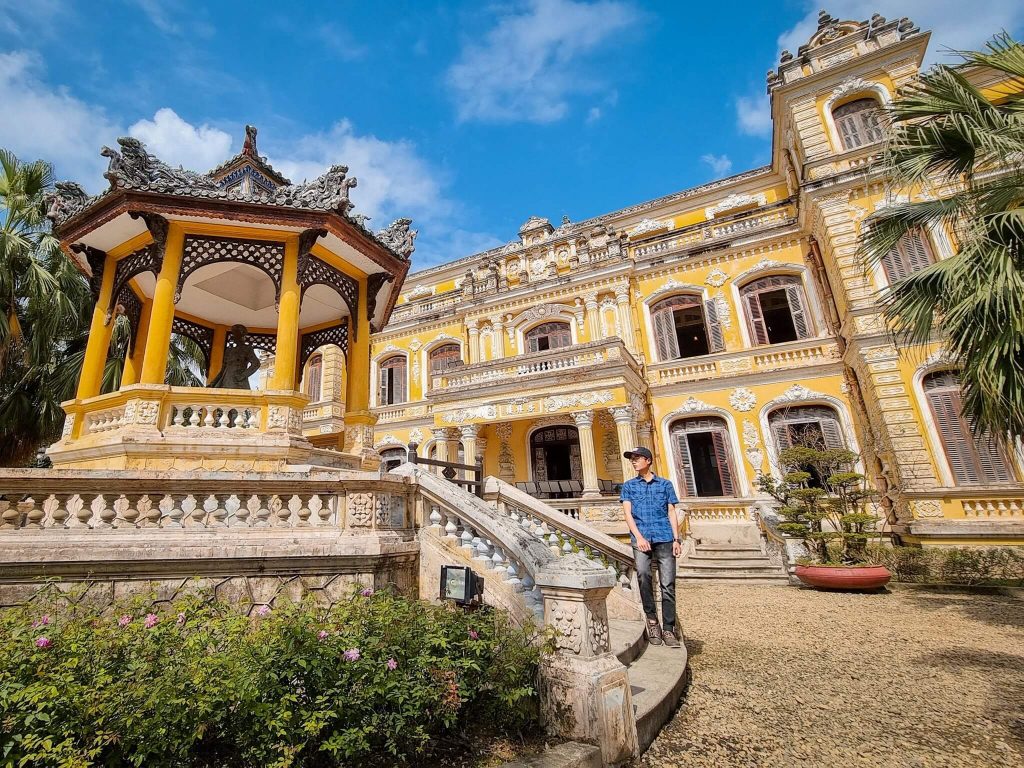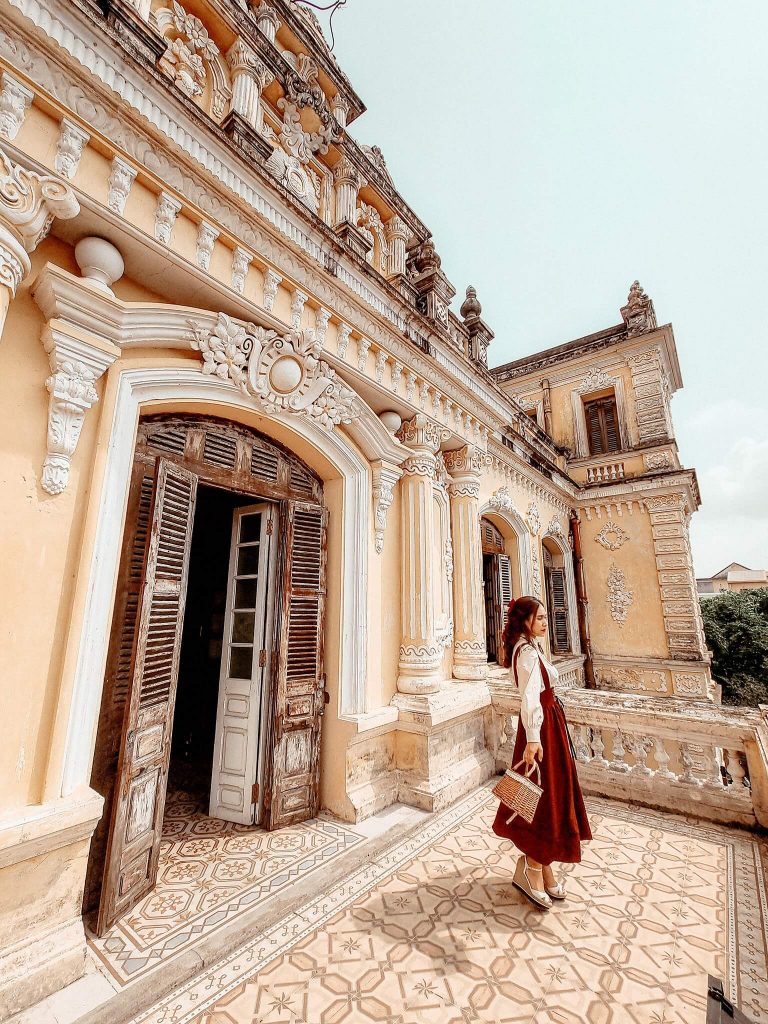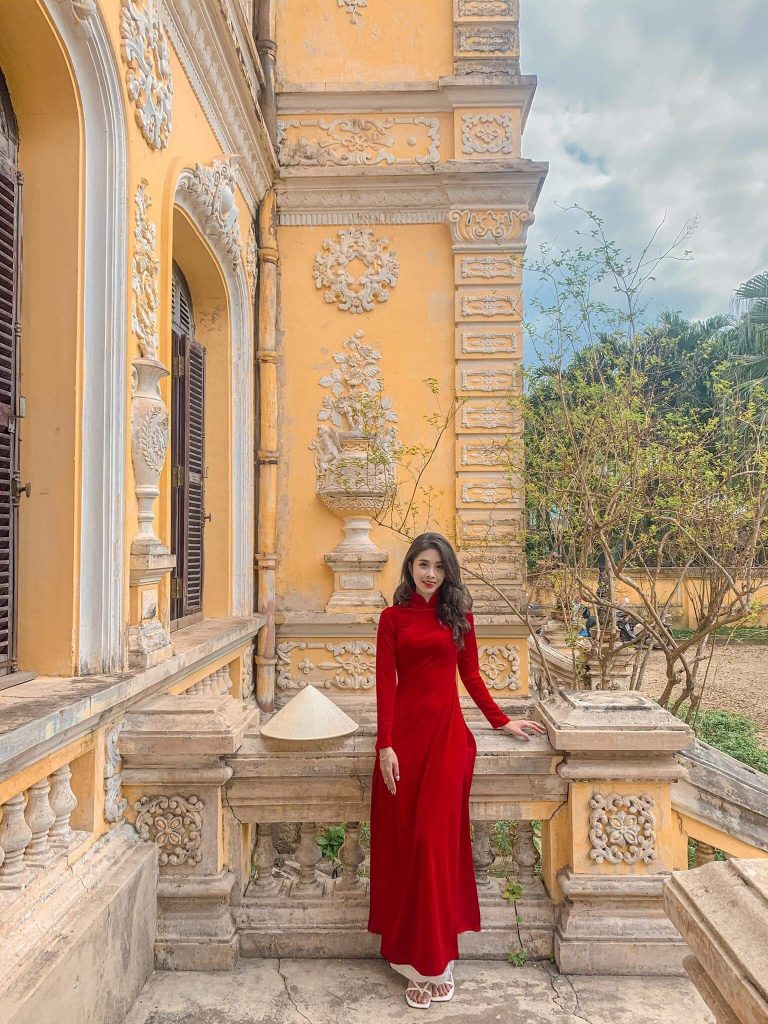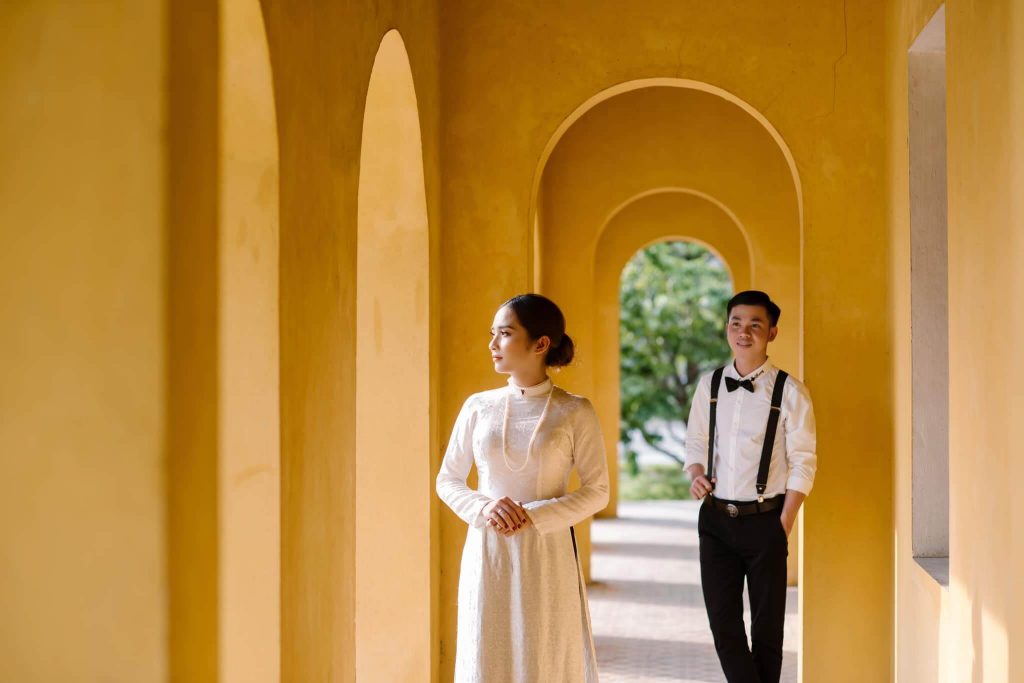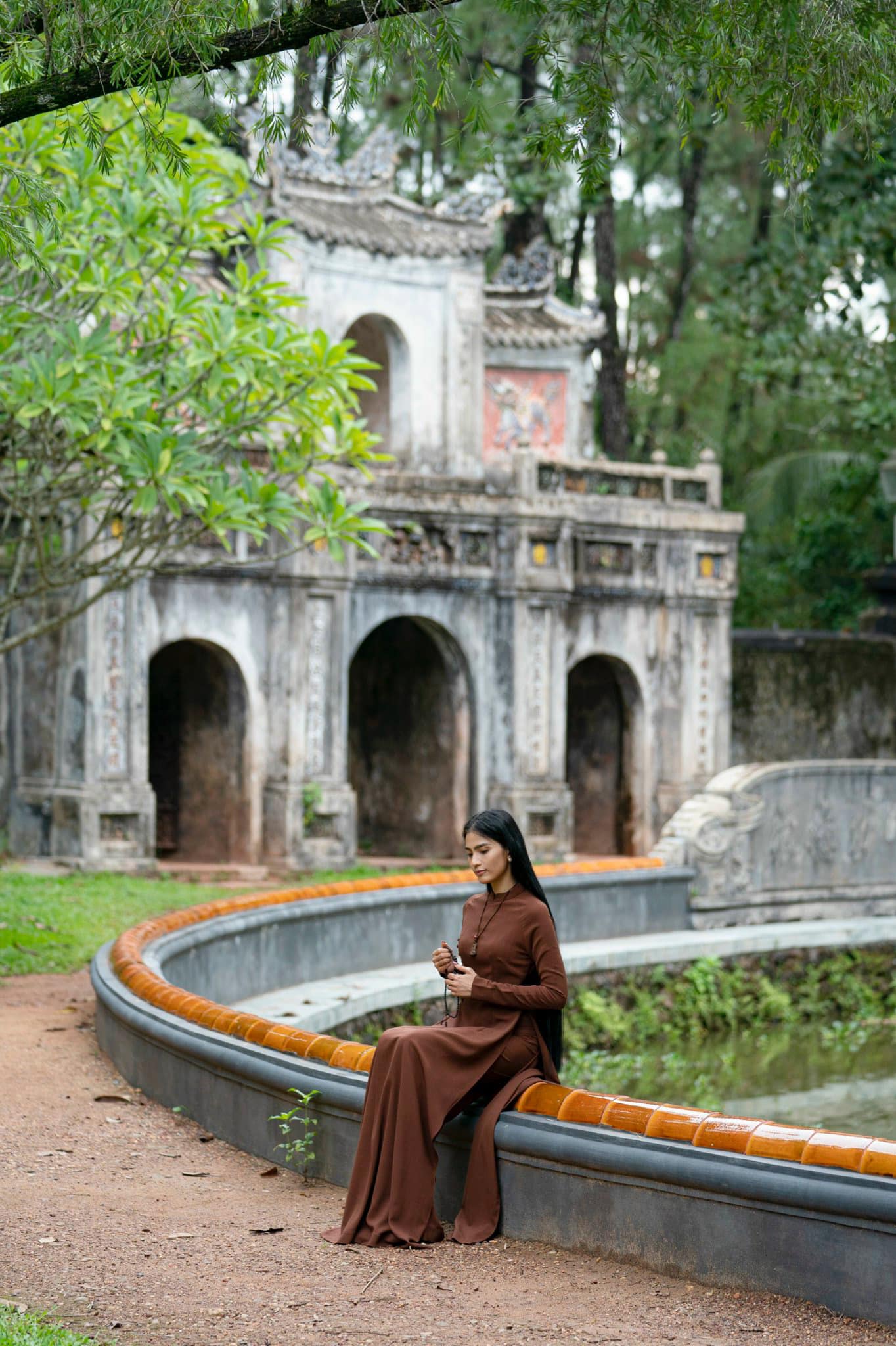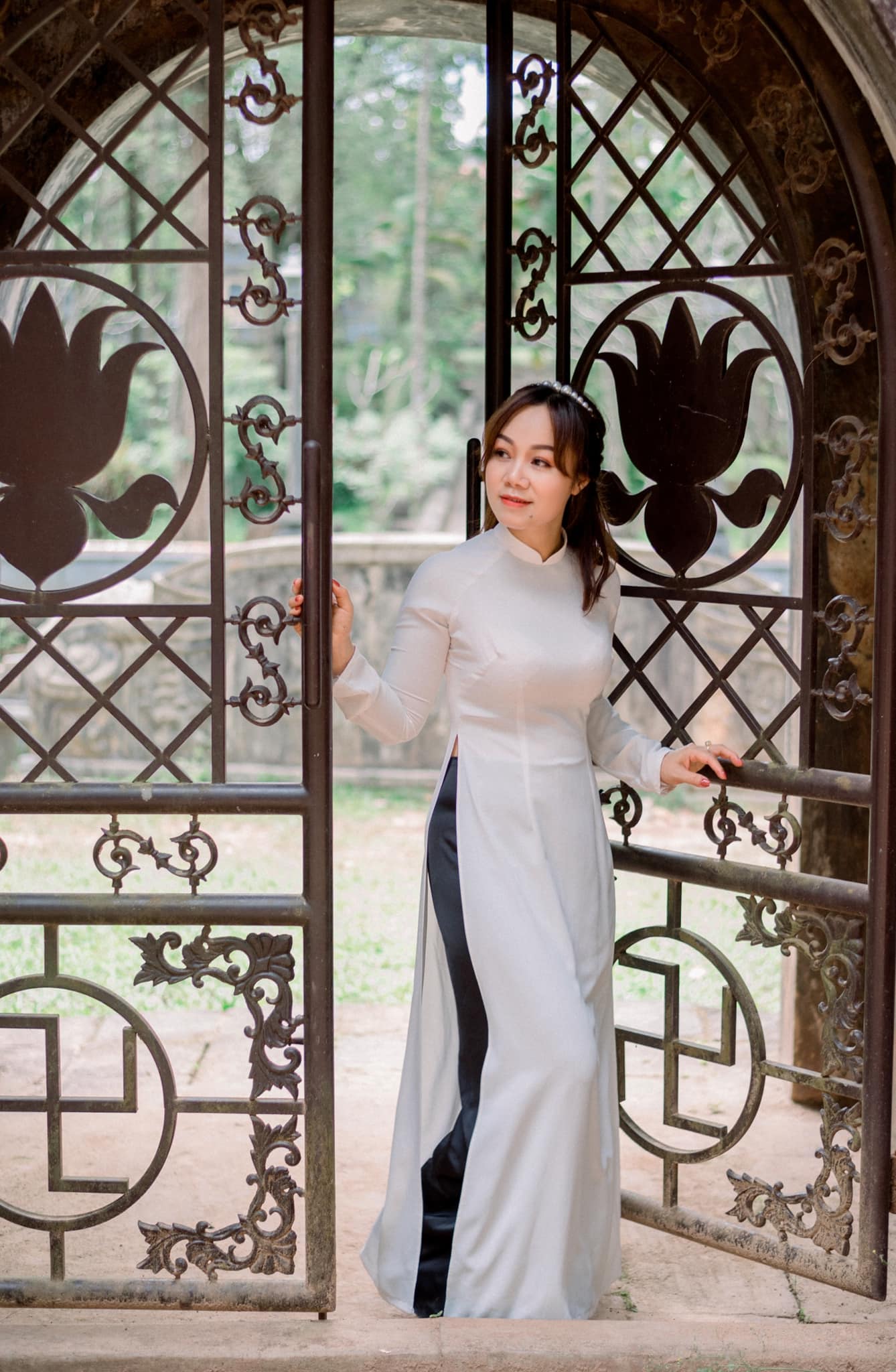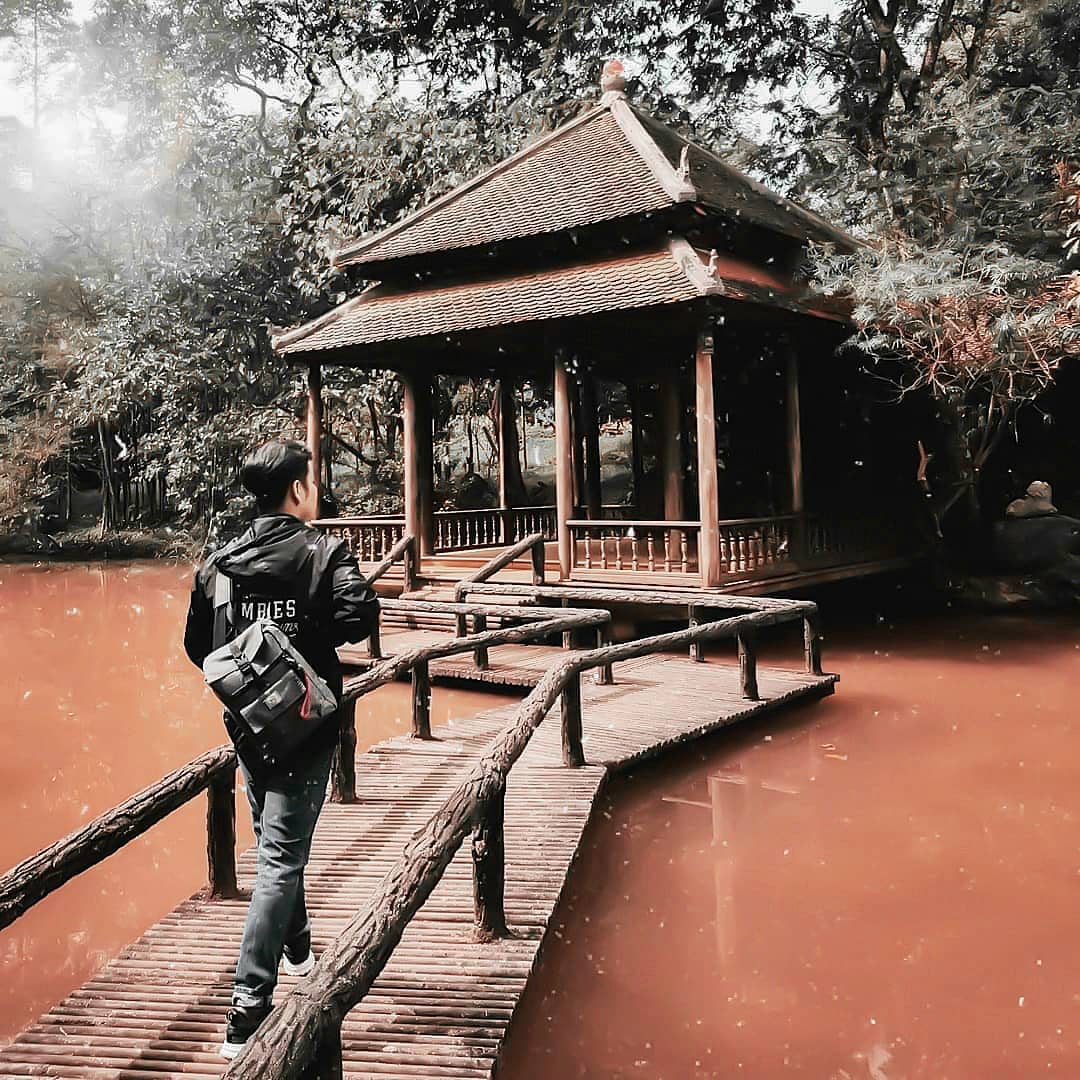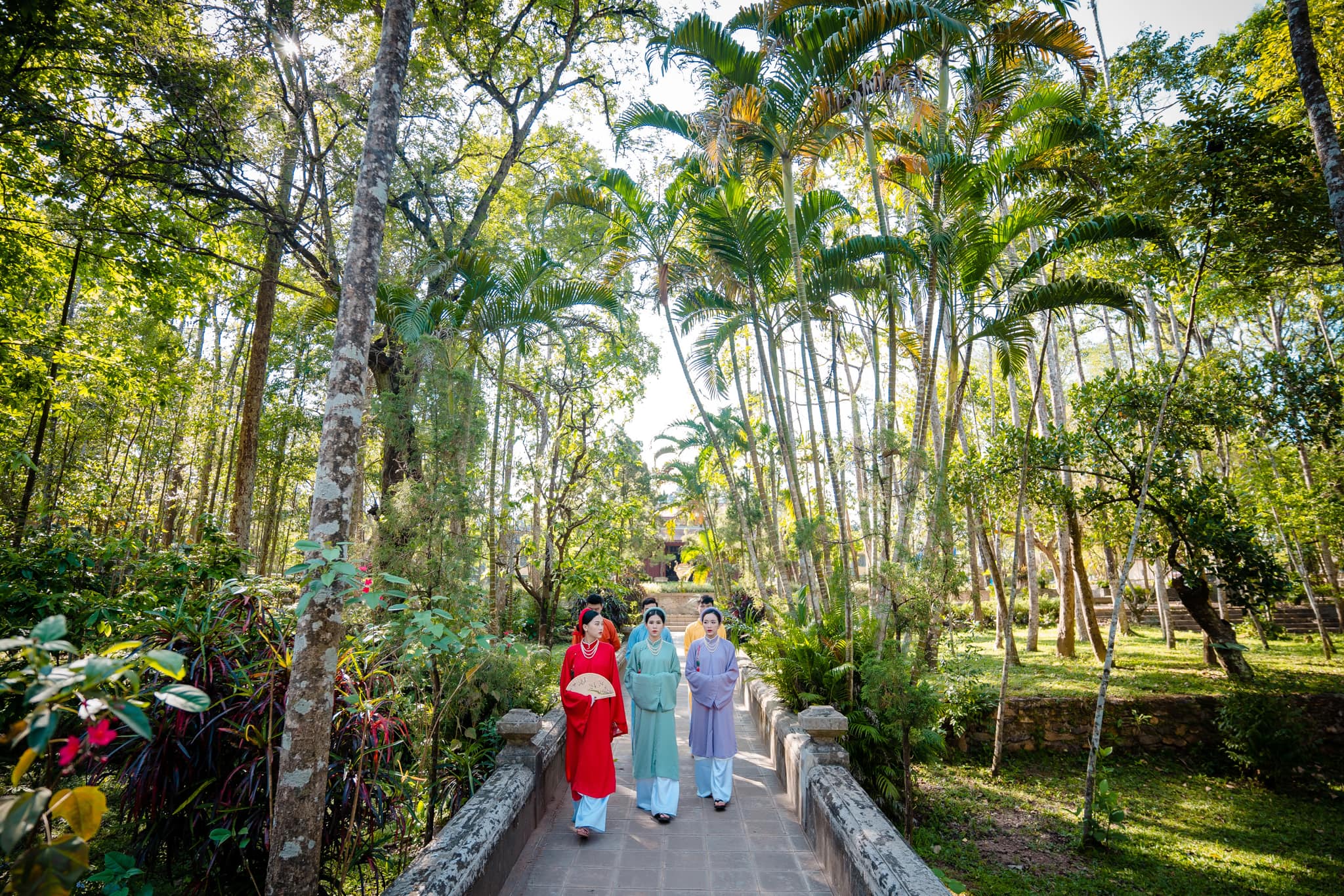In addition to famous places to visit in the city or other ecological areas, Hue beach is the most worth-visiting resort this summer. Going to these famous unspoiled beautiful Hue beaches you can explore Break and relax in the sea. If you are intending to come to Hue, do not miss the following interesting information about the places that attract many domestic and foreign tourists to visit.
Thuan An Beach
About 20km east of the city center, Thuan An Hue beach owns a coastline stretching over 12km. The sea water here is clear all year round, the air is fresh and cool, and especially not too crowded with tourists. Therefore, Hue beach is an extremely ideal destination for relaxation, entertainment and entertainment after stressful working days.

Thuan An Hue Beach – one of the beaches near Hue city (Photo: Collectibles)
Hai Duong Beach – a beautiful beach in Hue with many virtual check-in corners
Hai Duong Beach Hue owns a peaceful and wild character because it has not developed much tourism here. The impressive point in this Hue beach is the two super unique check-in locations created by people to break the waves, named high beach and low beach.

The low beach is solid screw-shaped breakwaters, tinged with moss. The high beach is super large 3-foot stone slabs, randomly overlapping, this promises to be a super cool check-in location, don’t miss it!
Have fun, check in fully at Hue beach – Hai Duong (Photo: Collectibles)
Vinh Thanh Hue Beach
Distance from city center Hue is only about 30 minutes by car, Vinh Thanh is known as one of the cleanest beaches, with lots of seafood and the freshest air in the capital. Coming here, you will experience an extremely large sea scene, clear blue sky, sunny white clouds, and gentle breezes. The most interesting thing when coming to this Hue beach is to contact and experience the livelihood of the people of Vinh Thanh fishing village, they are extremely sincere, gentle and hospitable.

Vinh Thanh beach is also a dating place for many couples
Lang Co Hue Beach – one of the famous beaches in Hue
Lang Co Beach Hue is probably a name that is no longer too strange for sea tourism enthusiasts . Located right at the foot of Hai Van Pass, this Hue beach is favored by nature for its poetic beauty and charming countryside.
The best time to go to Lang Co beach is from April to July. Coming here, in addition to having fun and relaxing on the enchanting beautiful beach, you can also enjoy famous specialties such as: grilled oysters, crab cakes, crab noodle soup and a variety of fresh seafood.

Lang Co – Hue beach is located right at the foot of Hai Van pass (Photo: Collectibles)
Canh Duong Beach in Hue
Canh Duong is known as the most “artificial” beach in Hue with many super quality virtual check-in points, the weather is very pleasing to people. Coming to Canh Duong beach, you can not only admire the beautiful scenery, have fun and relax, but also organize your own BBQ by the beach or visit nearby restaurants to enjoy specialties. here. All that promises to bring you an extremely memorable trip.

Canh Duong beach is the most “artificial” in Hue (Photo: Collectibles)
Binh An Hue beach
True to its name, Binh An beach has the most simple and peaceful beauty in the ancient capital. Here there are blue sea, white sand, golden sunshine and green casuarina trees, whispering in the wind. The poetic scenery in Binh An beach makes anyone who has ever visited feel forever missed.
The most beautiful time of this Hue beach will probably be in the evening, when the sun gradually disappears behind the mountain peaks, walking by the beach, breathing in every sea breeze blowing in, truly makes our souls very Relaxing, all fatigue gradually disappear.

Binh An beach is very beautiful, should not be missed when coming to Hue (Photo: Collectibles)
Ham Rong Hue Beach – Hue’s beautiful beach “hides” from the hustle and bustle
Possessing a wild and mysterious beauty, Ham Rong Hue beach is really an ideal destination for tourists who love to conquer, explore and experience. In Ham Rong beach, near the shore are large and small rocks covered with moss, in the distance are waves crashing on the shore, blending with the poetic quietness has created a picturesque scene. , making this Hue beach win the hearts of many visitors.
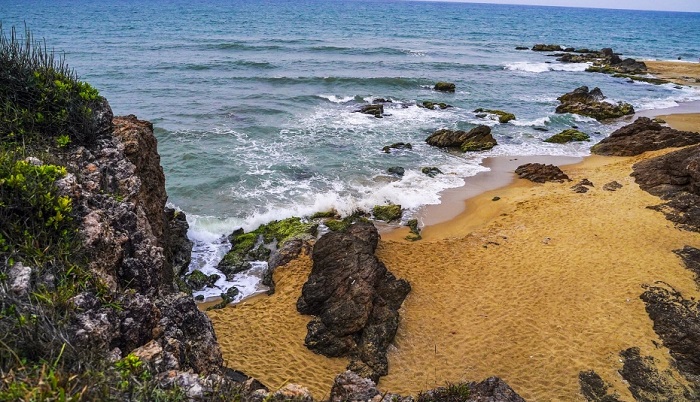
Sunset on Ham Rong beach (Photo: Collectibles)
Tan Canh Duong Beach Hue – Beautiful Hue Beach
Leaving behind unfinished deadlines, leaving behind the chaos of busy life, there is nothing more wonderful than coming to Hue and enjoying the fresh and cool atmosphere of Tan Canh Duong beach.
Unlike the wild and peaceful beauty of the above beaches, Tan Canh Duong brings with it the excitement and bustle of many bars, restaurants, and amusement parks for all ages, planned according to the standards of the city. green – clean – beautiful standards, meeting all the entertainment and relaxation needs of visitors.
 Tan Canh Duong – Hue beach with many interesting things is waiting for you (Photo: Collectibles)
Tan Canh Duong – Hue beach with many interesting things is waiting for you (Photo: Collectibles)
Hai Binh Beach – one of the most beautiful beaches in Hue
Hai Binh is one of the newly discovered Hue beaches and tourism development in recent times. Converging full of beautiful scenery, mild climate, rich and diverse nature, this beach promises to be a memorable stopover and resort during your Hue trip.
Come to Hai Binh beach, don’t forget to enjoy delicious and nutritious mullet. In addition, visitors can also fish by themselves, drop nets, catch fresh snails with sincere and friendly fishermen here.
Phu Dien Hue Beach – The beach in Hue is gentle and peaceful
Phu Dien is known as the most “friendly” beach in the ancient capital, with poetic scenery and honest and simple indigenous people. When coming to this Hue beach, you will feel the lightness, idyllic, not too busy. The long coastline of Phu Dien is covered with white sand, gentle waves gently patting the shore and gentle breezes bringing salty air from the sea have made this place even more attractive to many visitors.
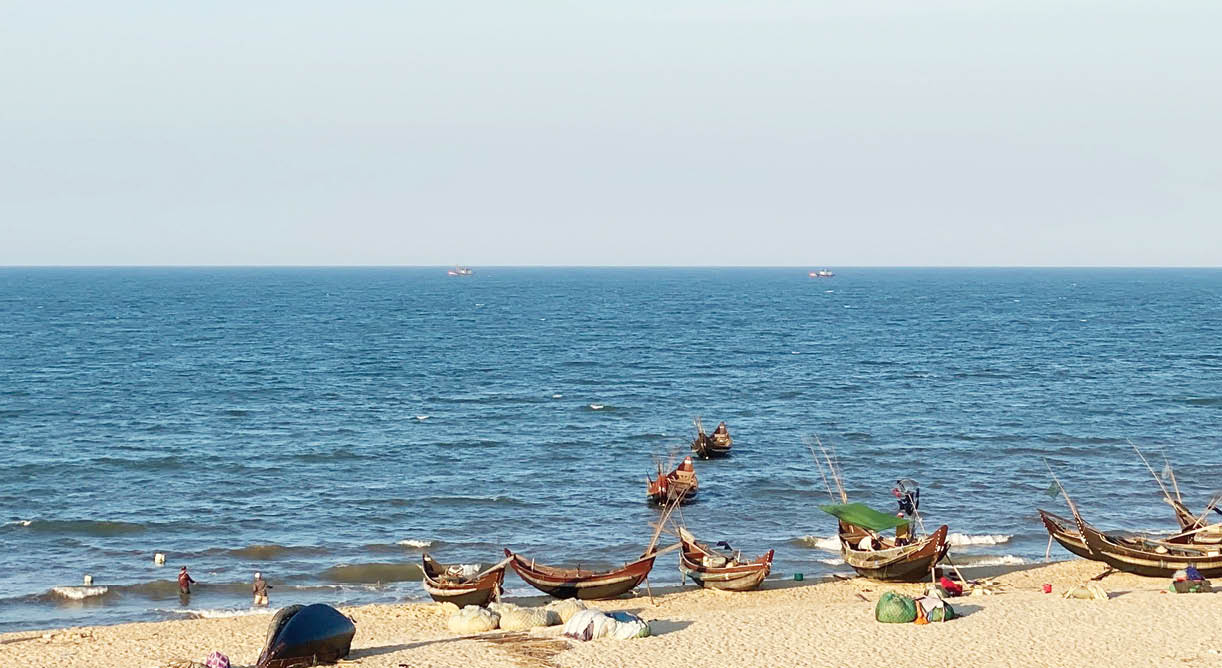
Hue Phu Dien beach is gentle and idyllic (Photo: Collectibles)
Converging many different beauties, Hue beaches are really worth experiencing, so schedule a “vi vu” today. Besides the above beaches, the ancient capital has many other famous landmarks such as: Huong River Hue, Thien Mu Pagoda, Trang Tien Bridge , Minh Mang Tomb of Hue , Hue Citadel , … waiting for you to explore. .
With 10 Hue beaches suggested above, hopefully you have chosen for yourself the most satisfactory destination for a beach trip with your family. Don’t forget to prepare yourself with an excited soul, a suitcase with lovely dresses and a smartphone/camera full of batteries to be ready to check-in “fire” and super beautiful beaches in Hue!

